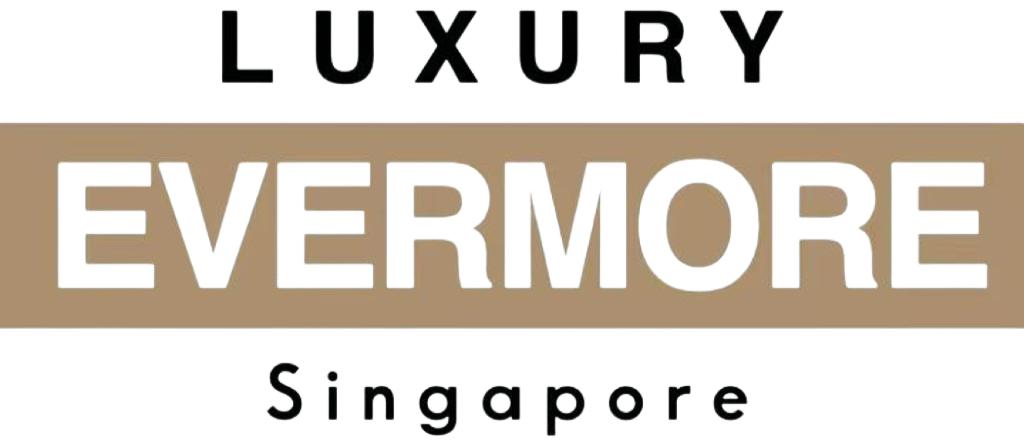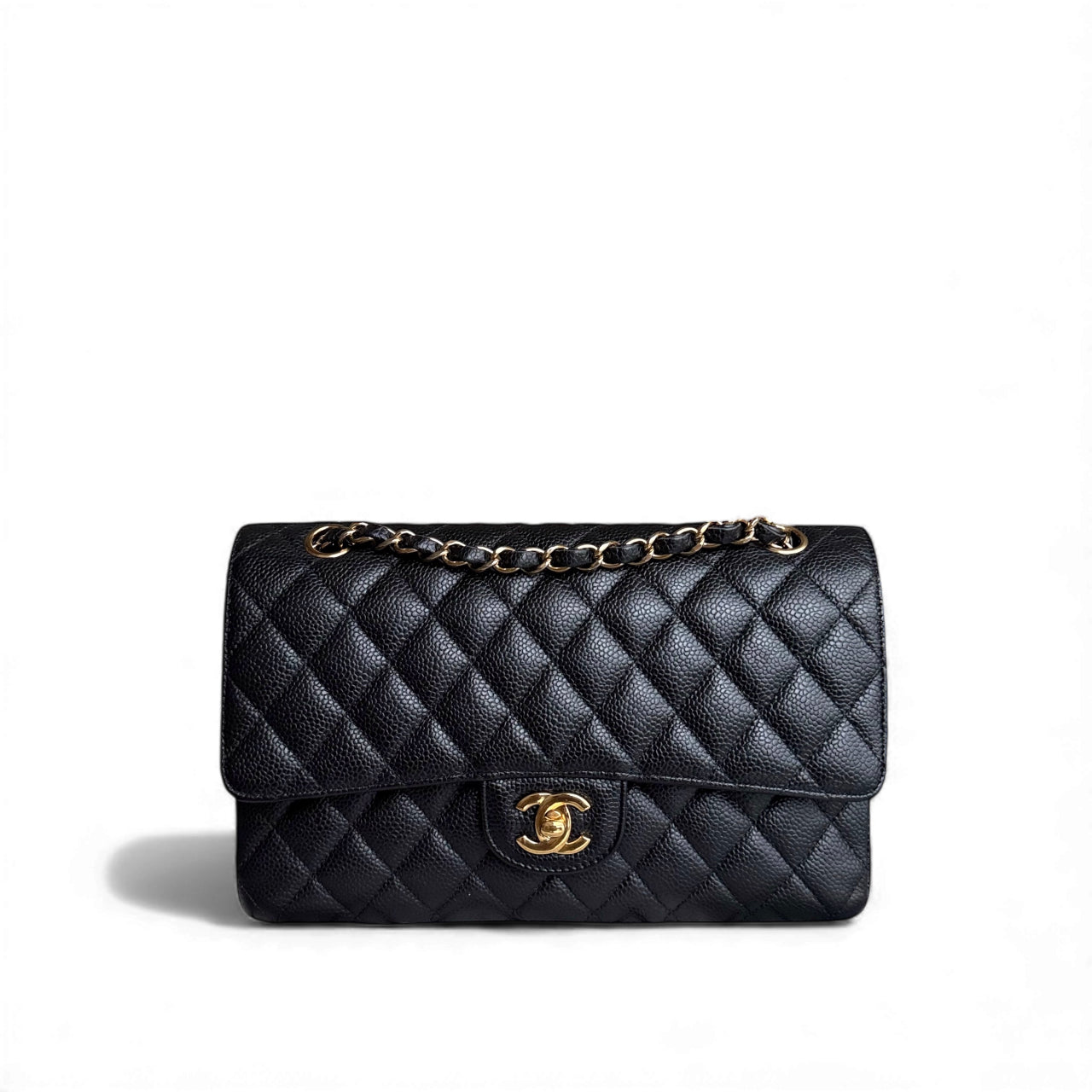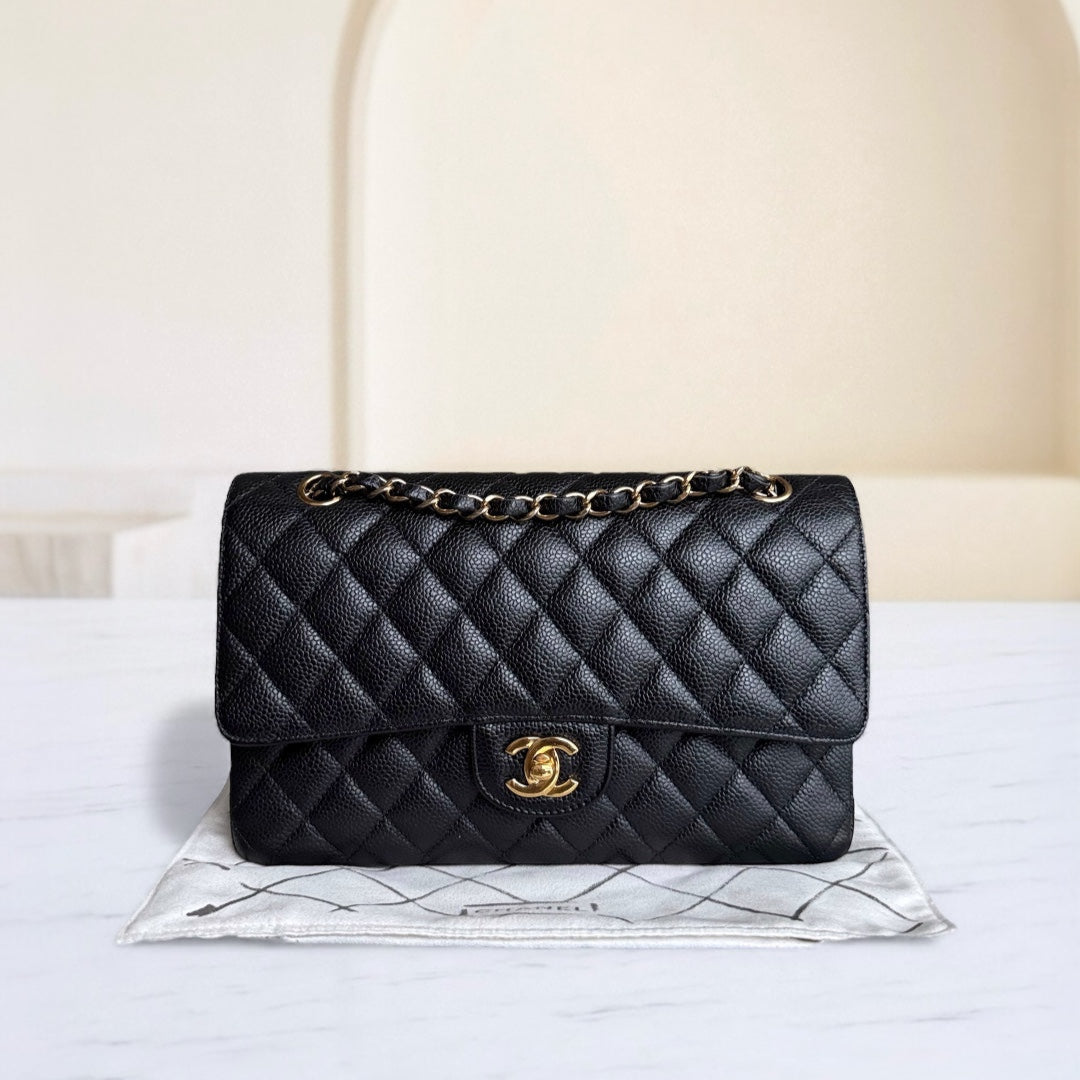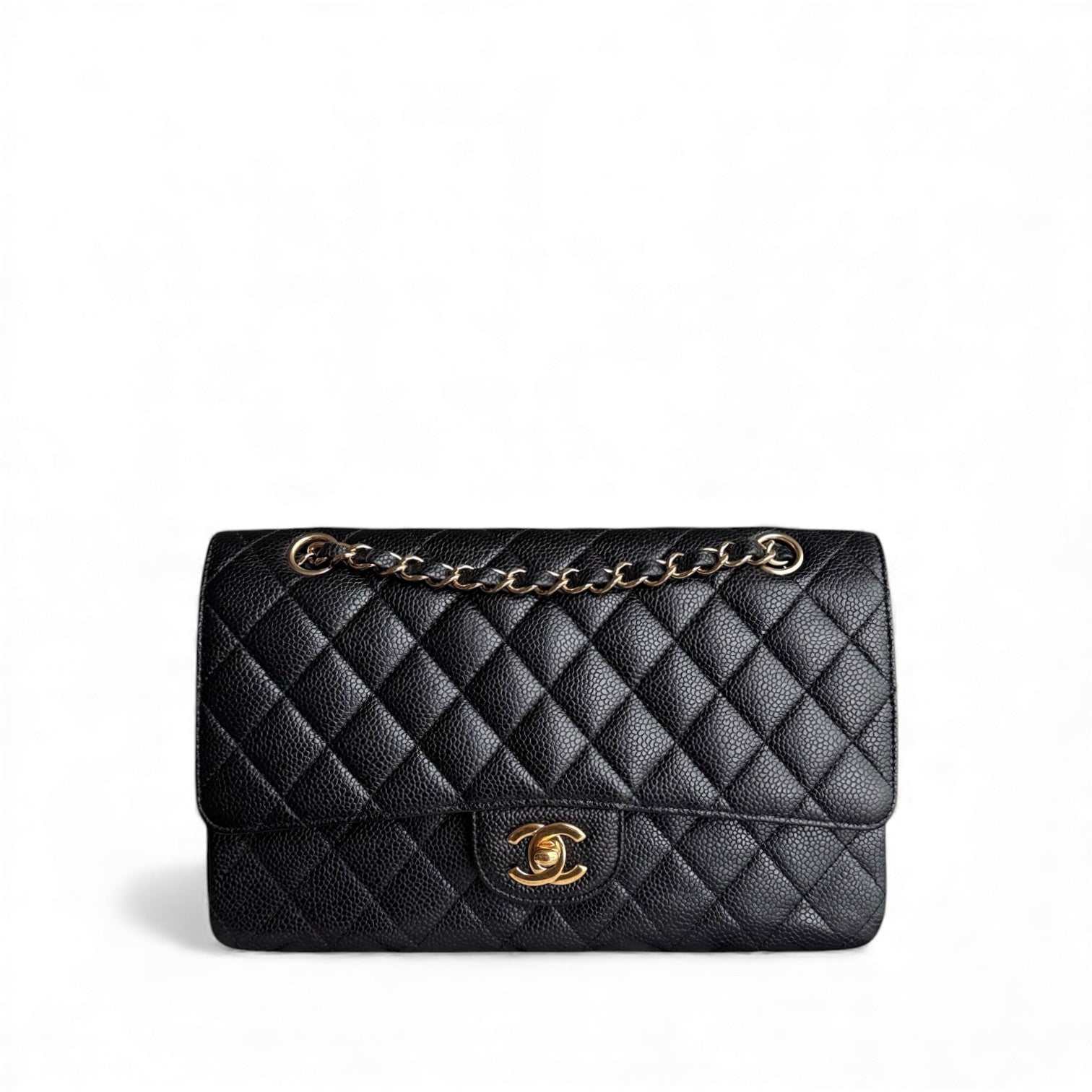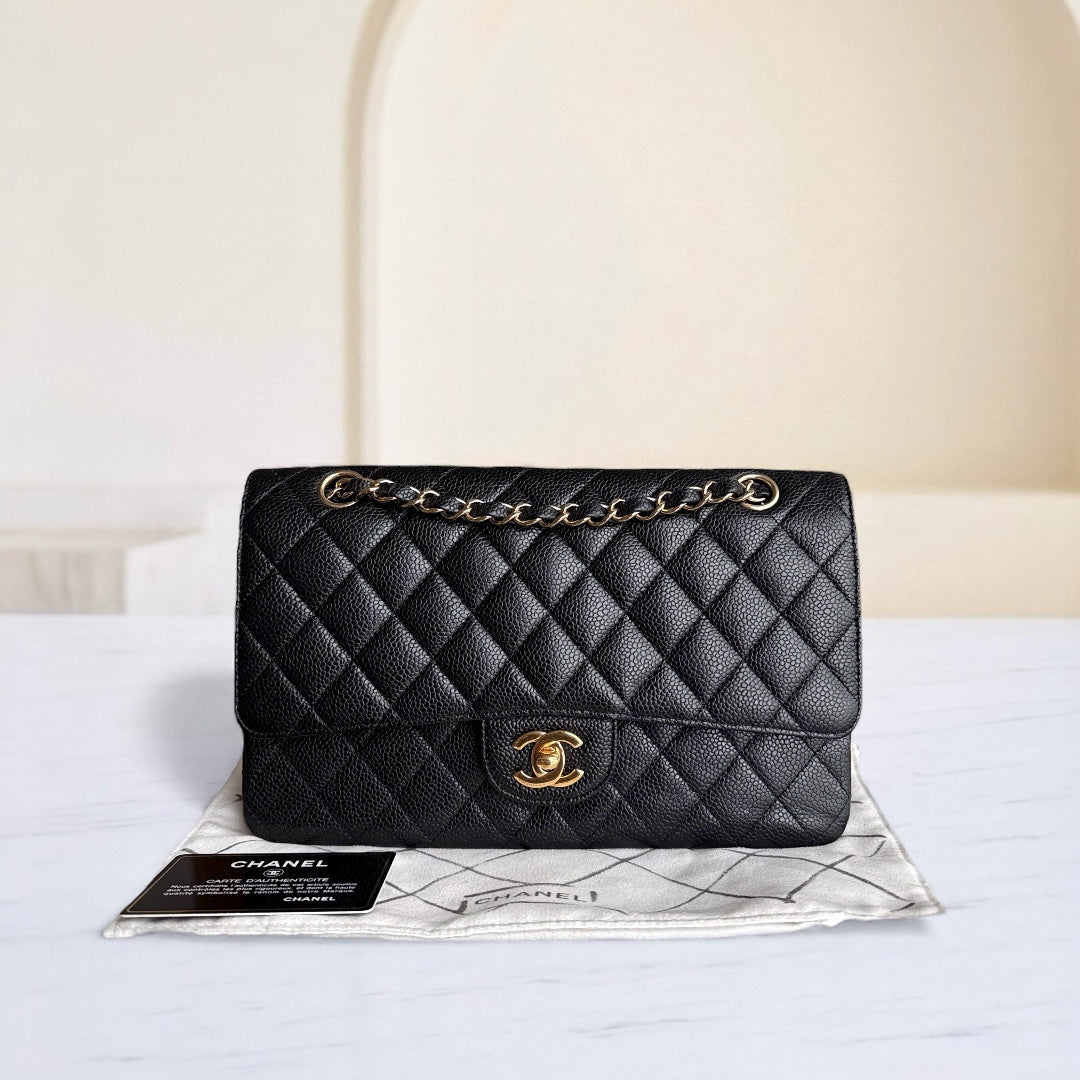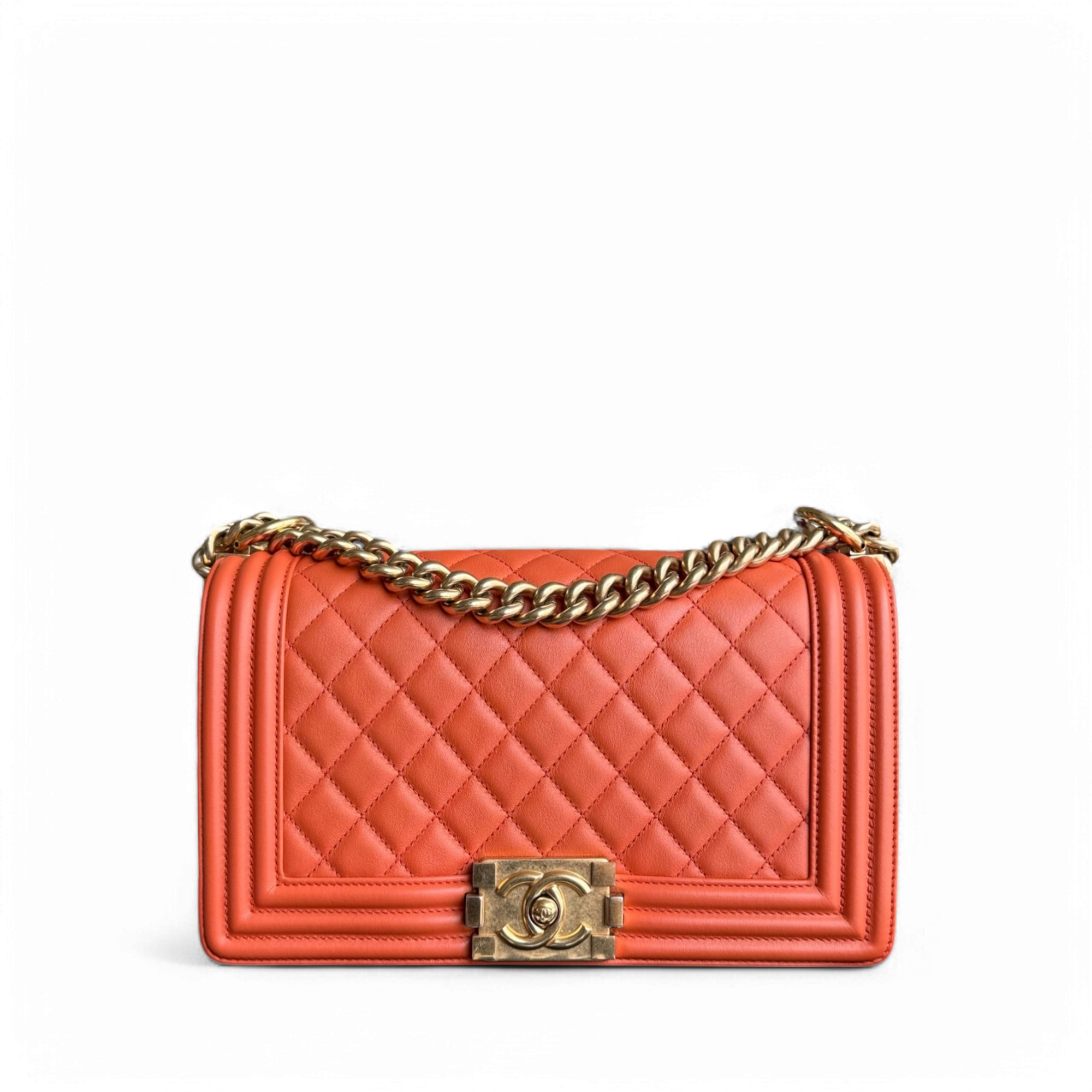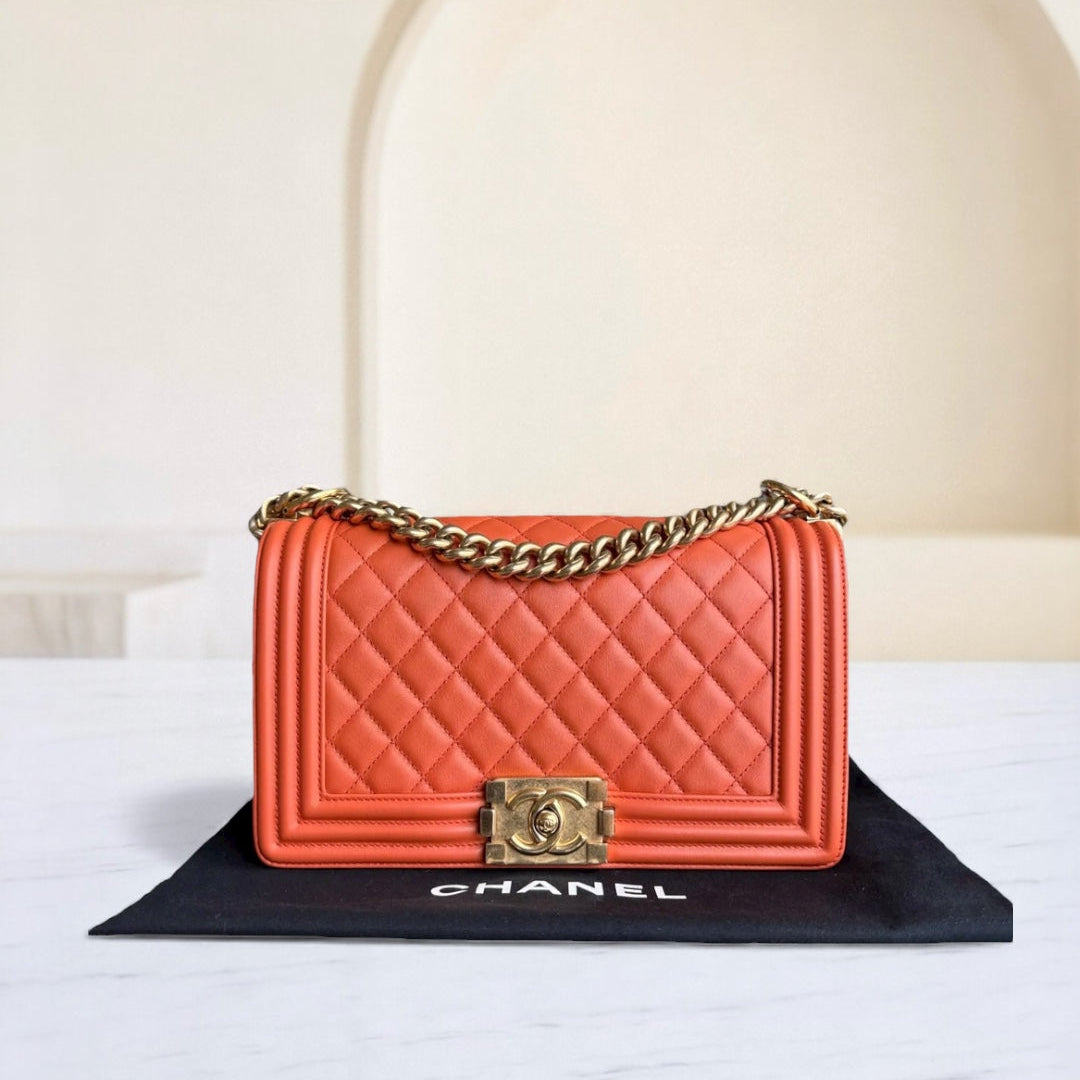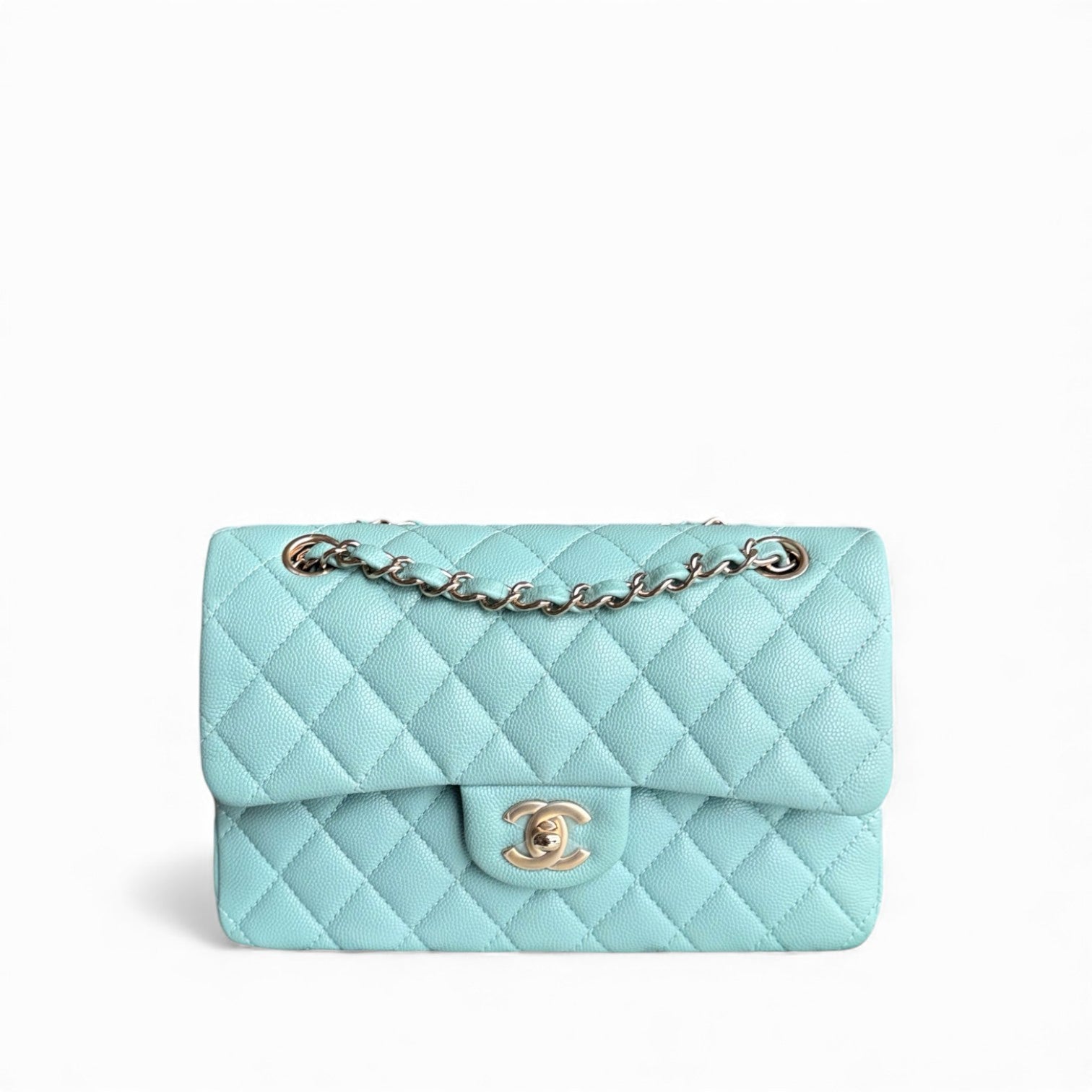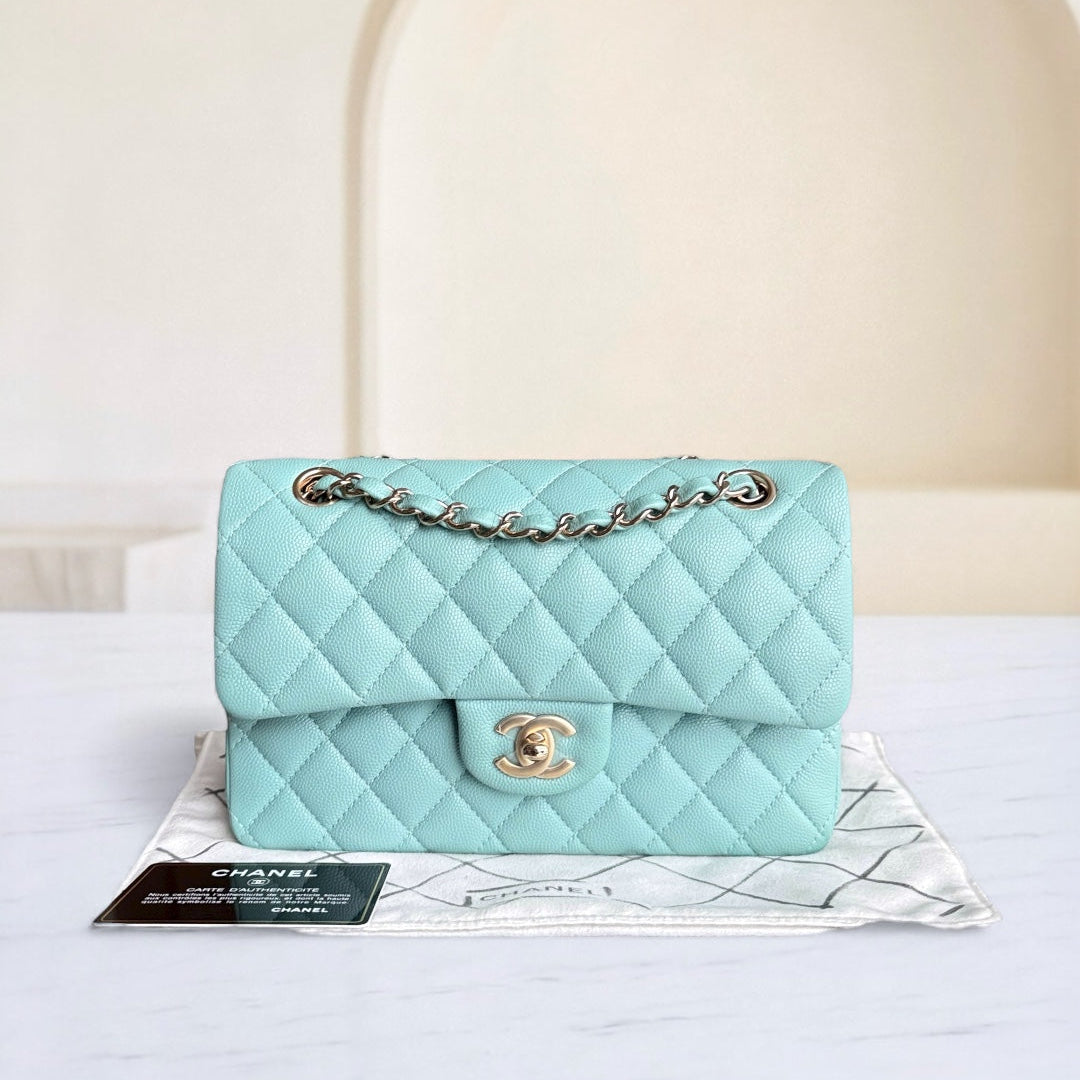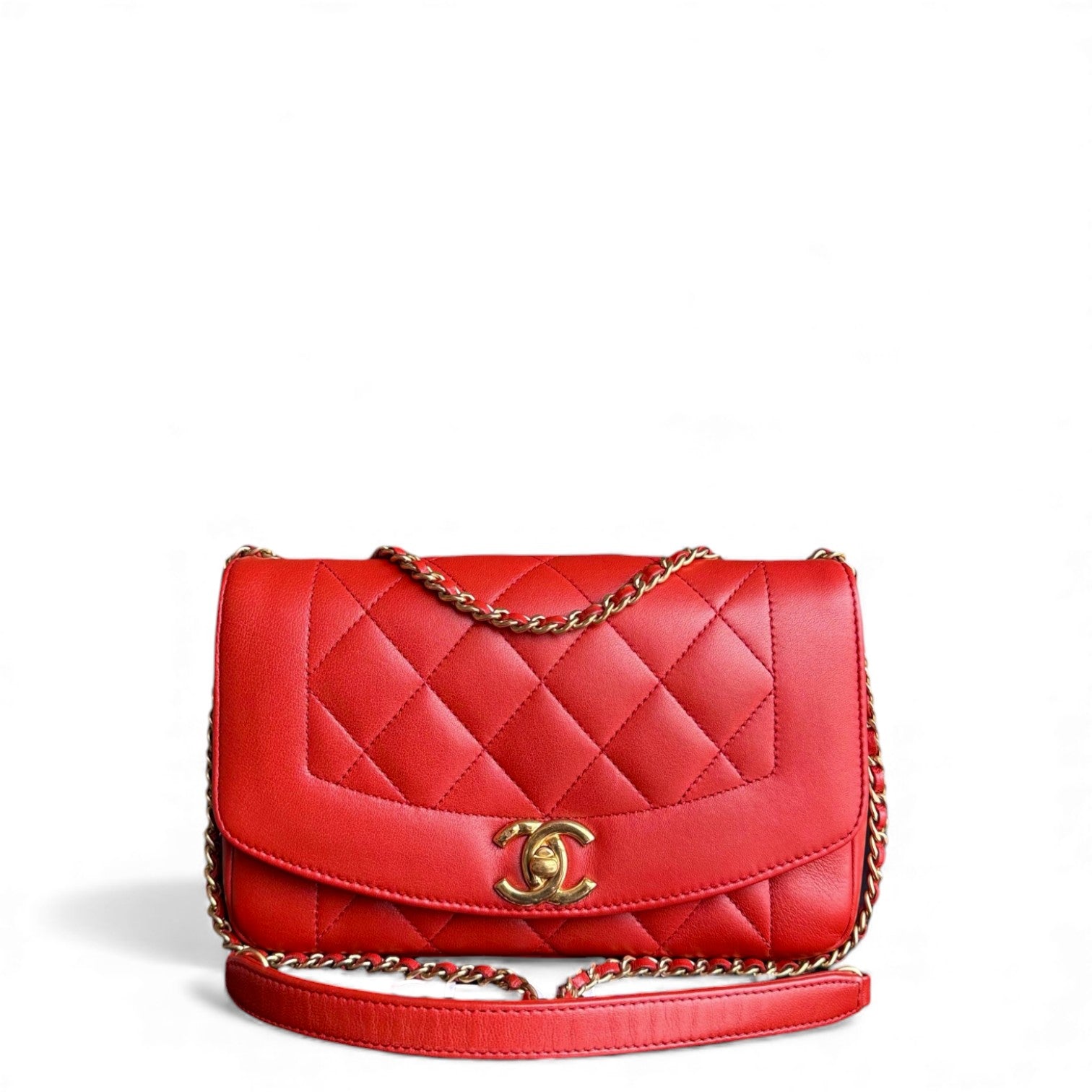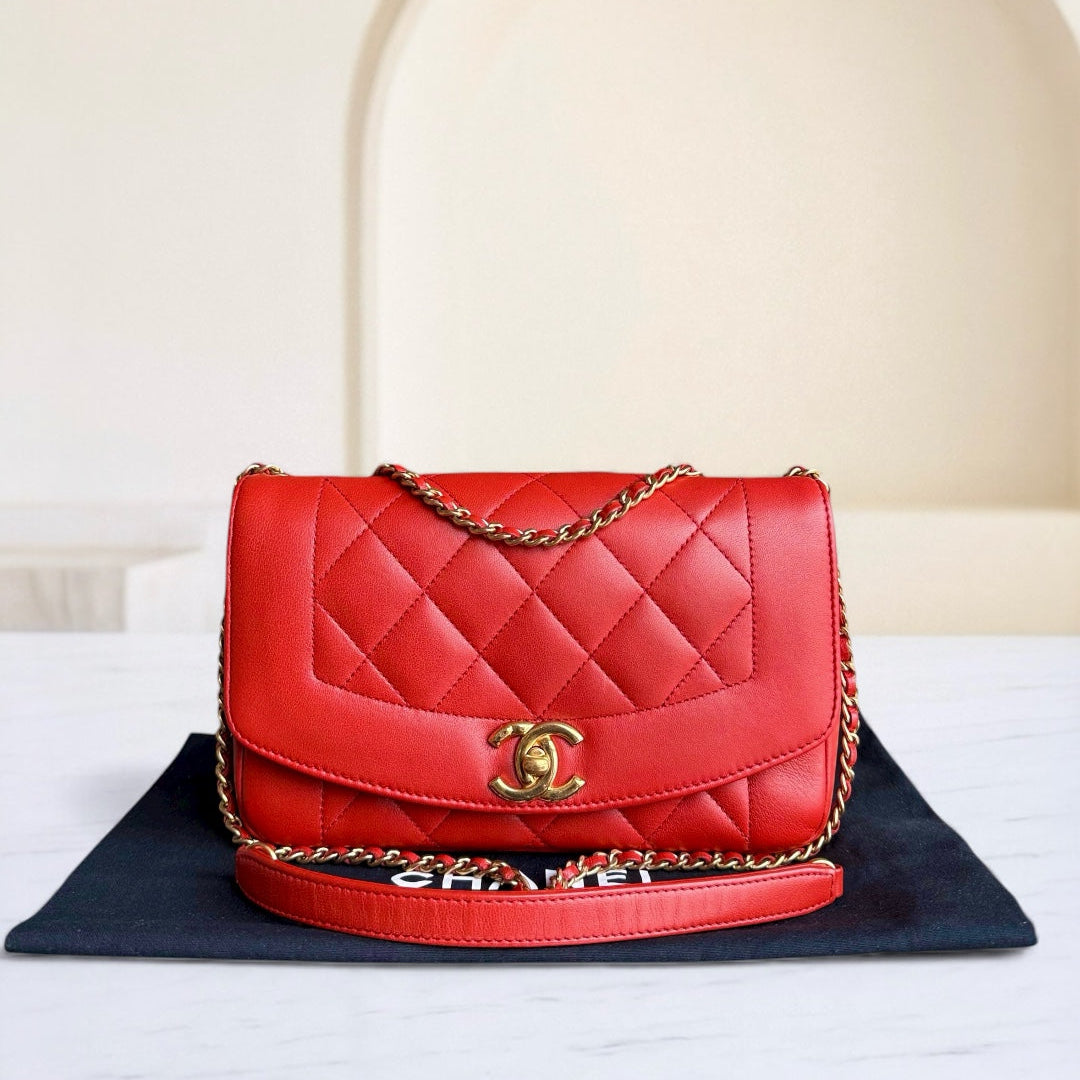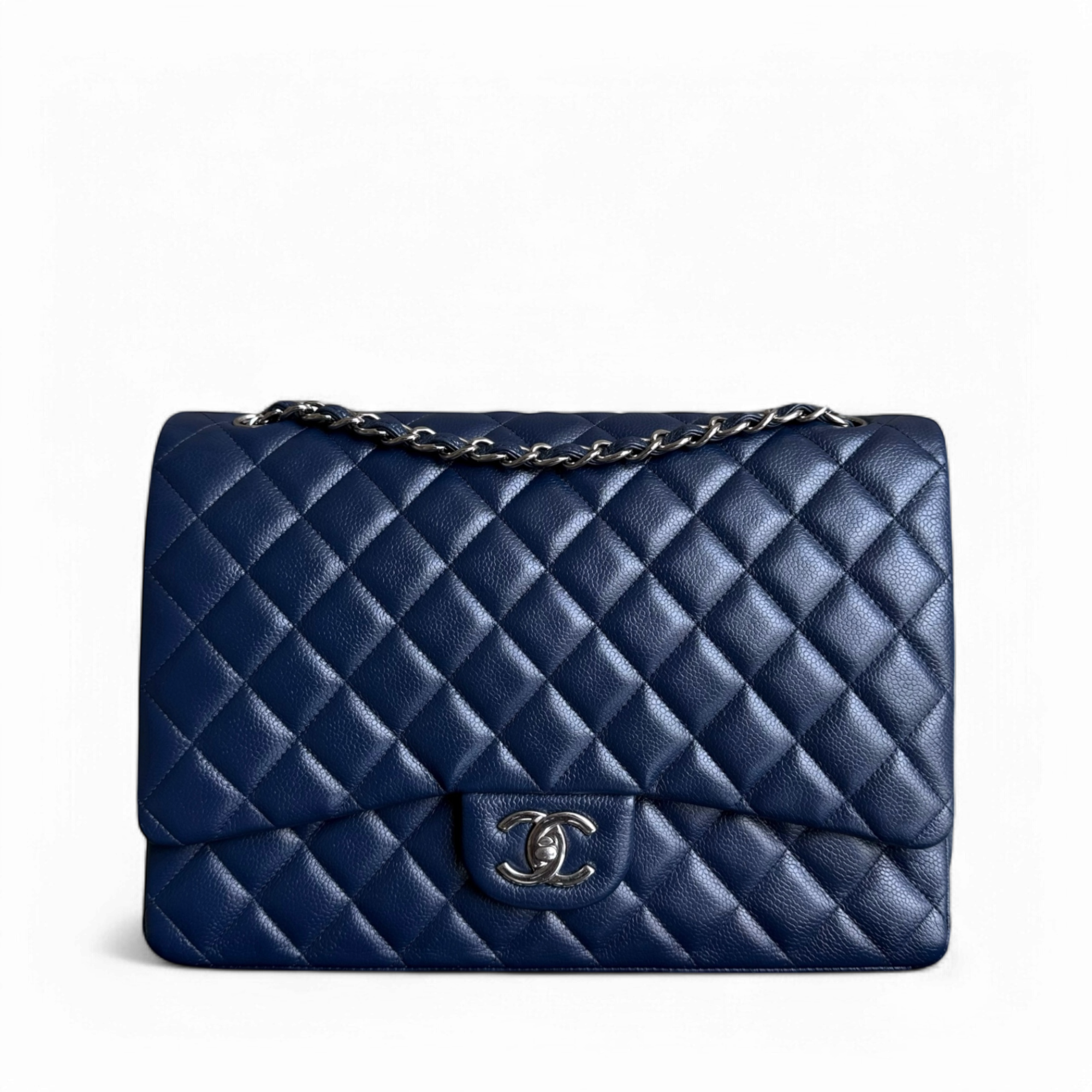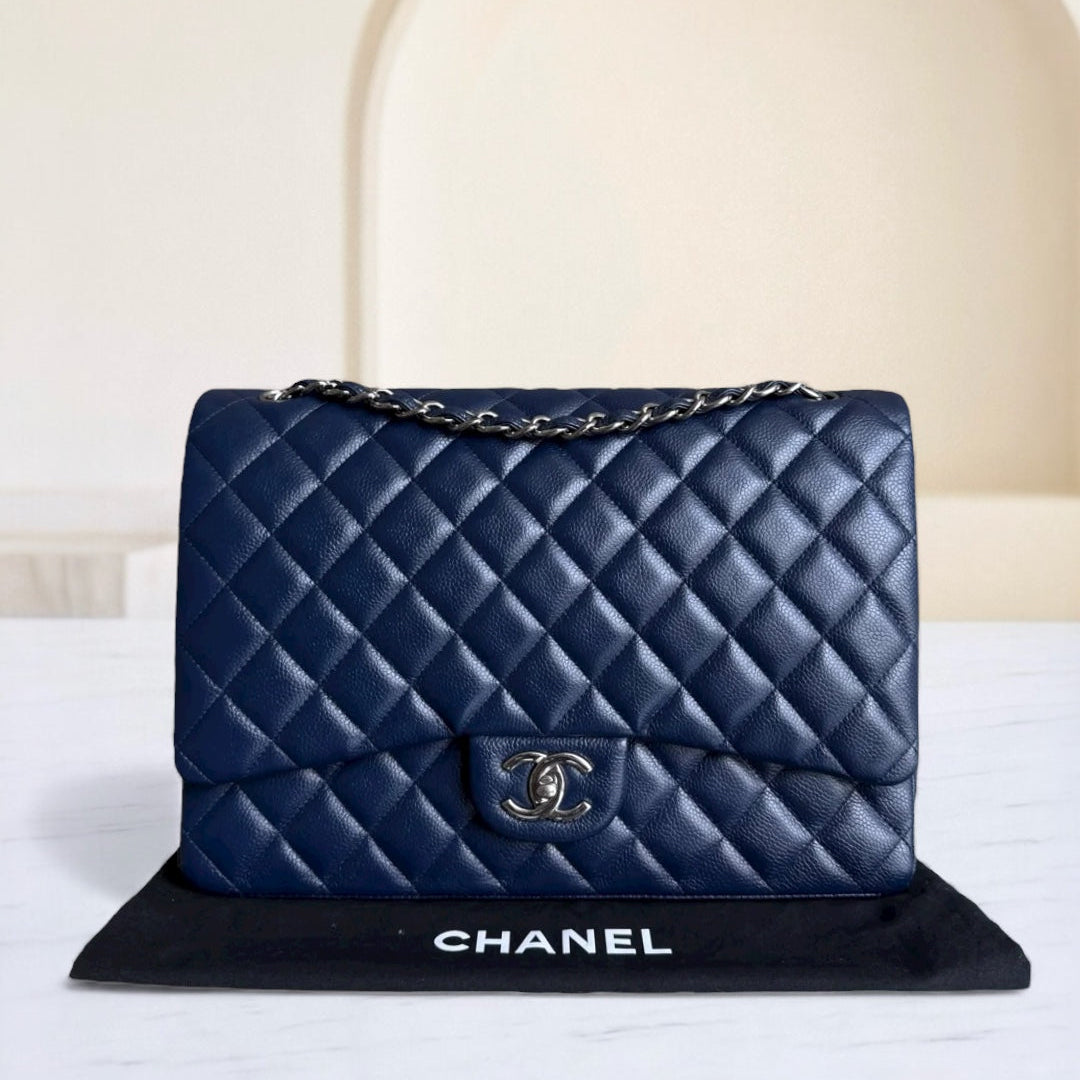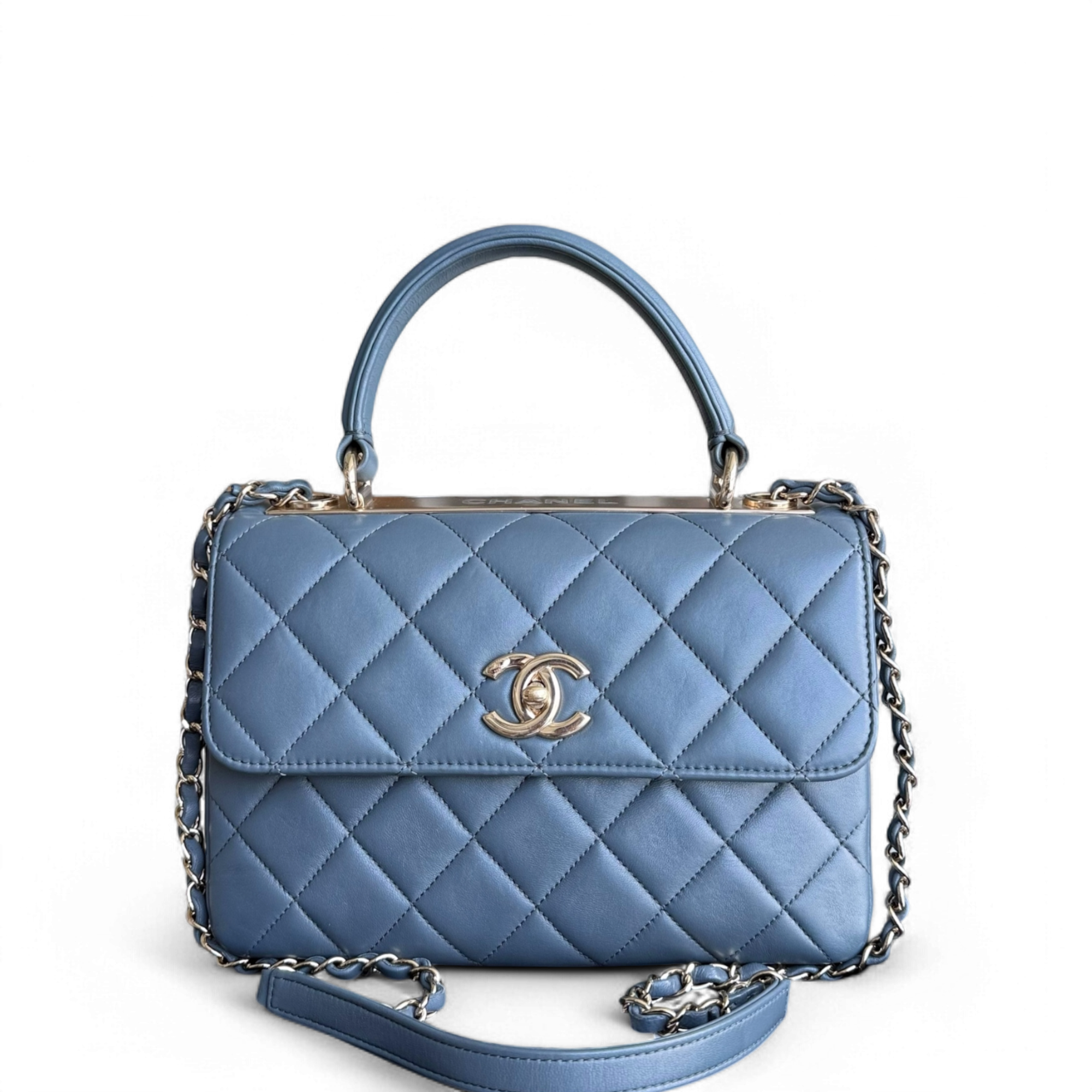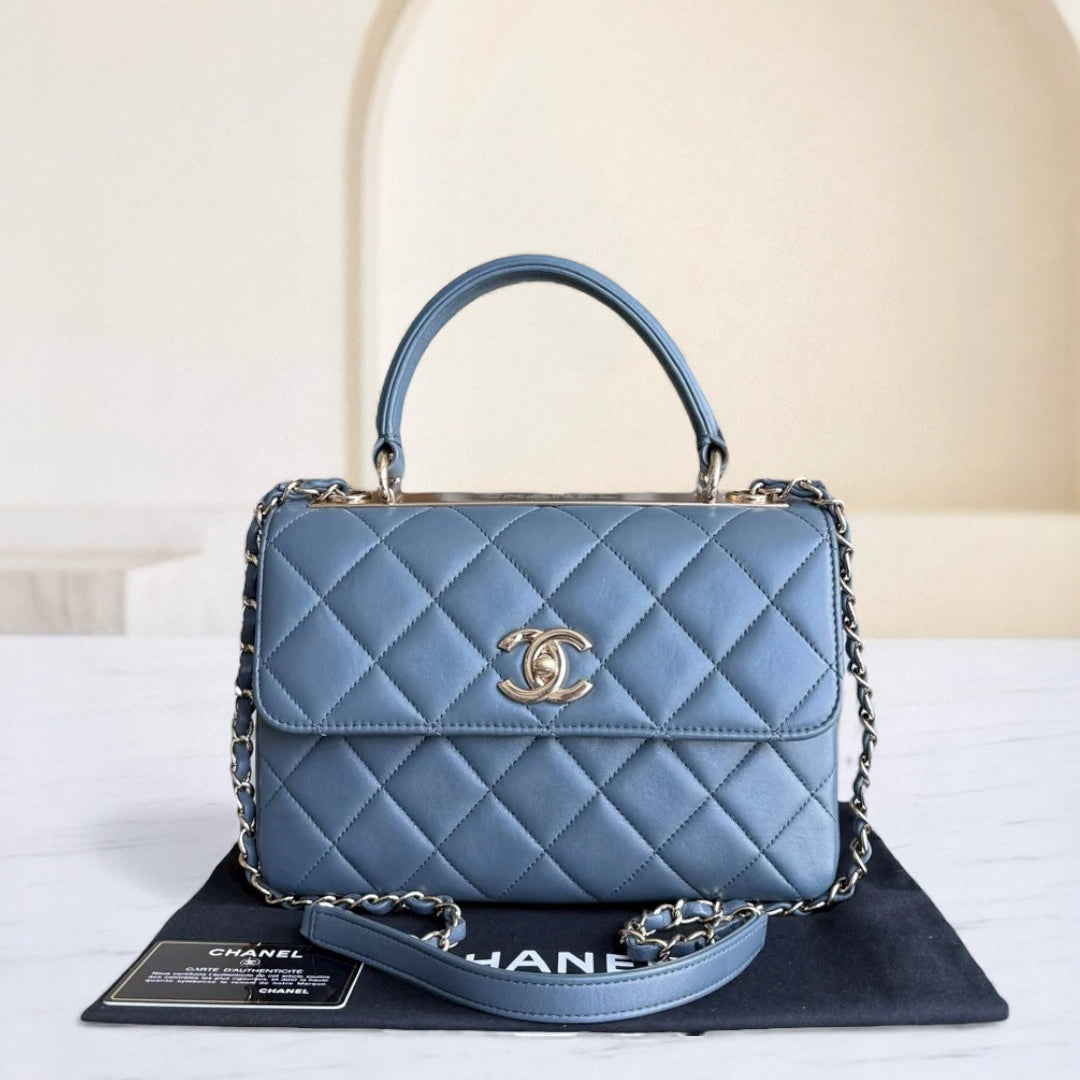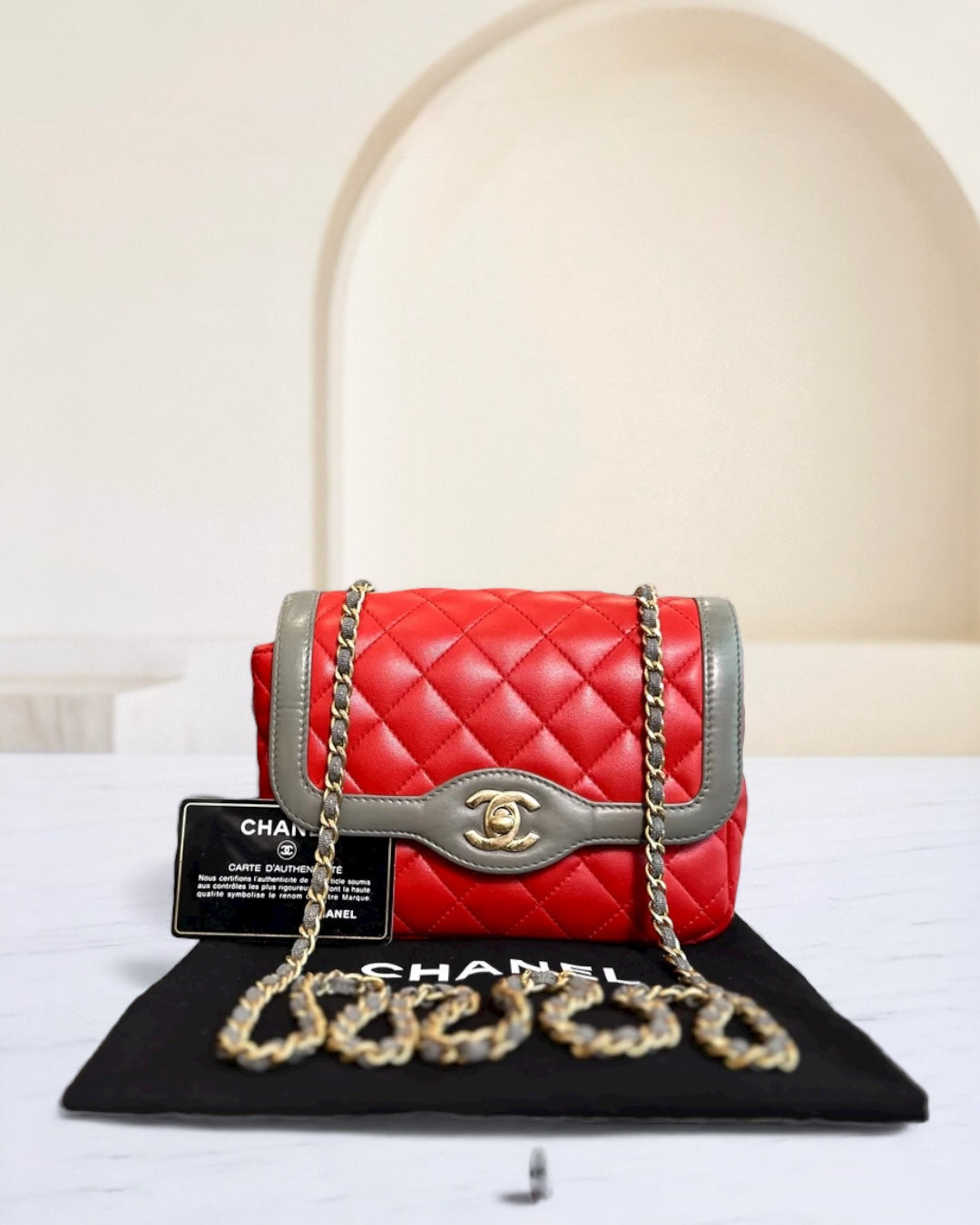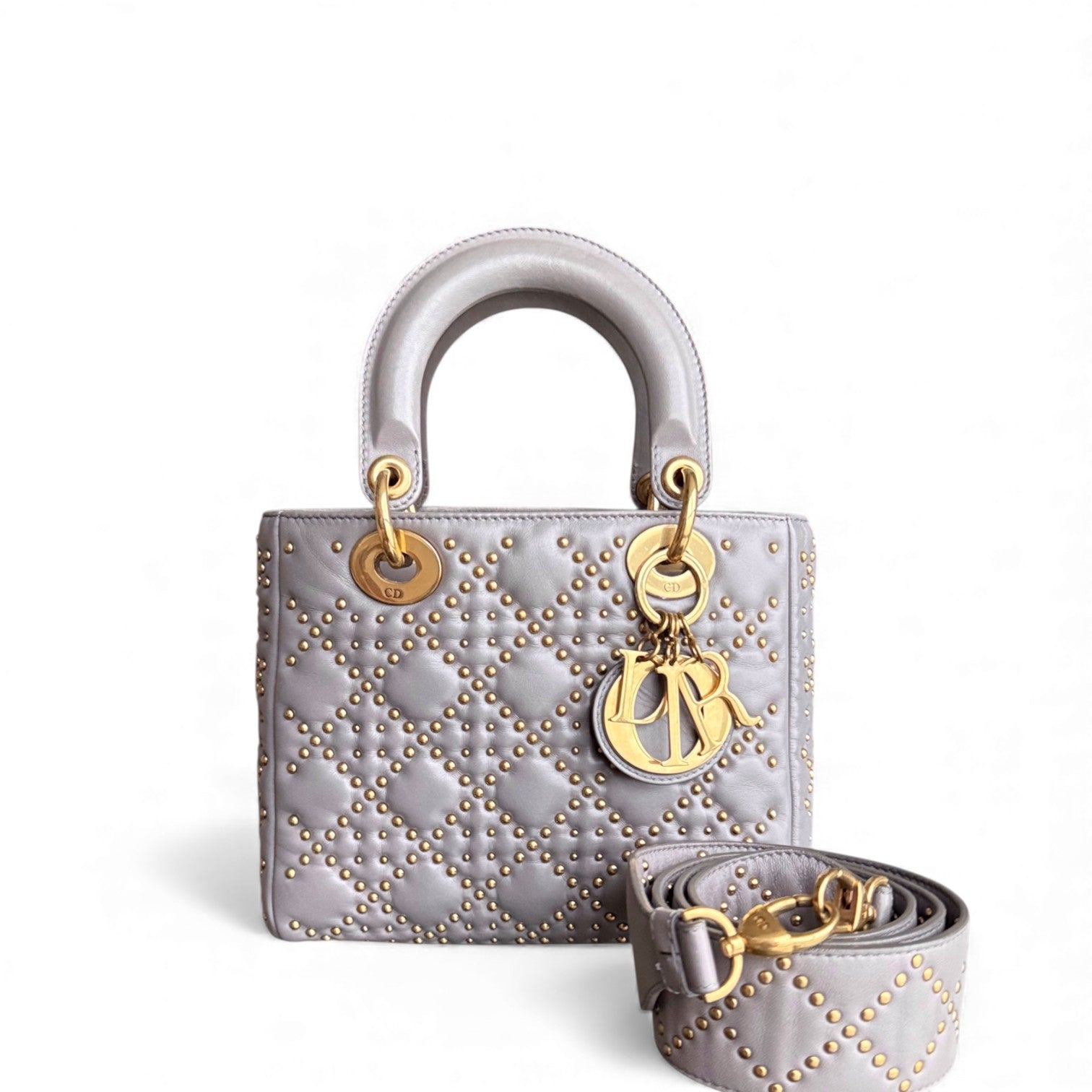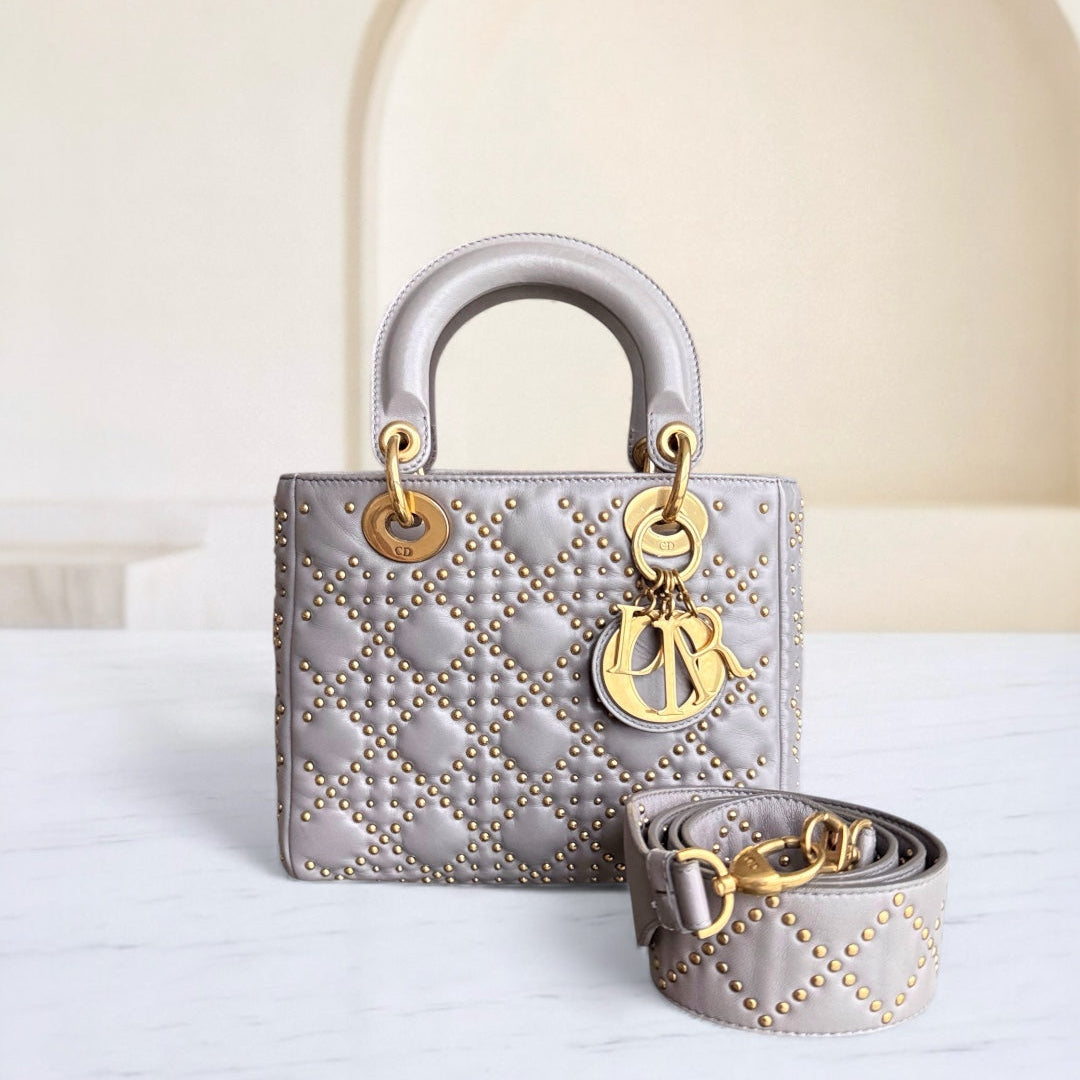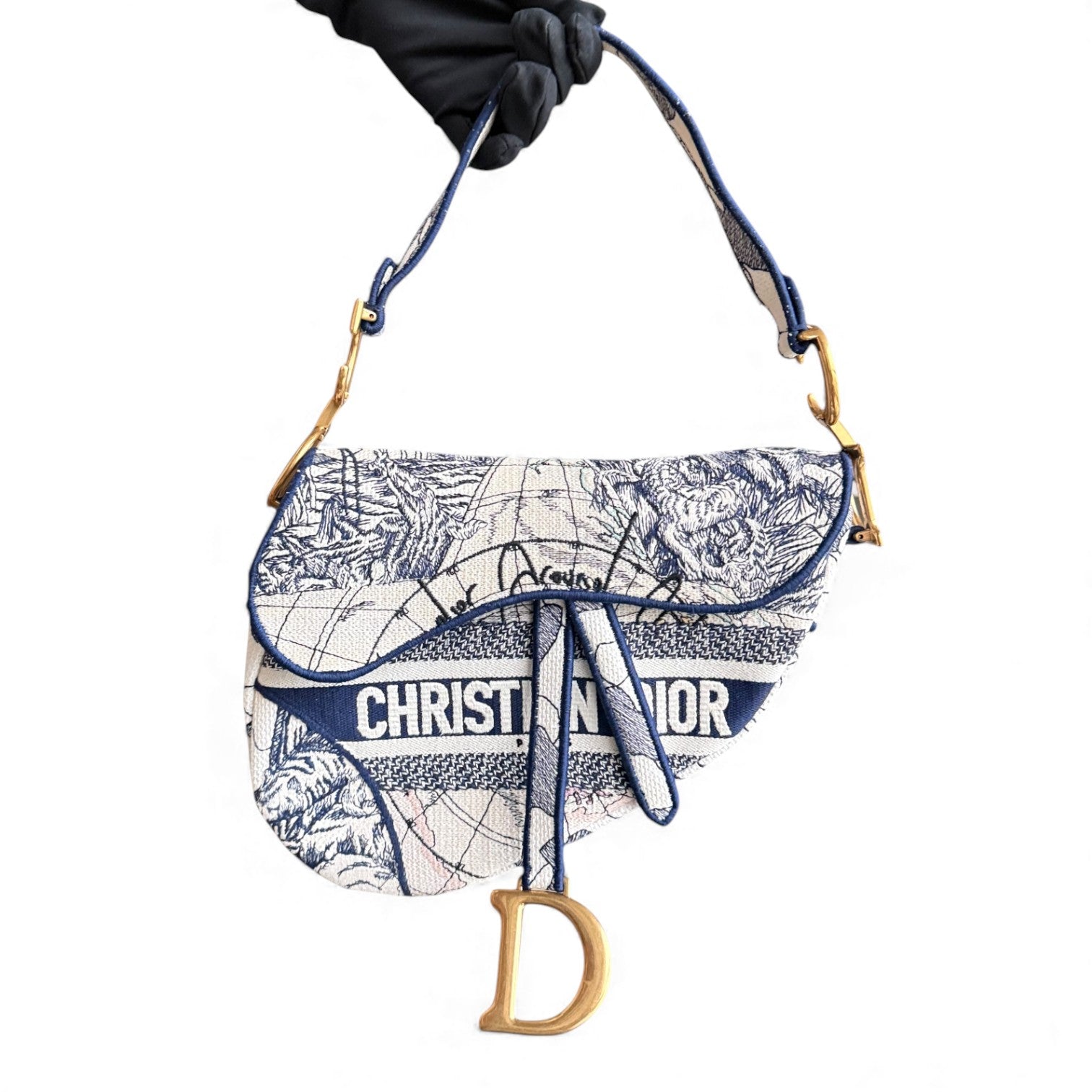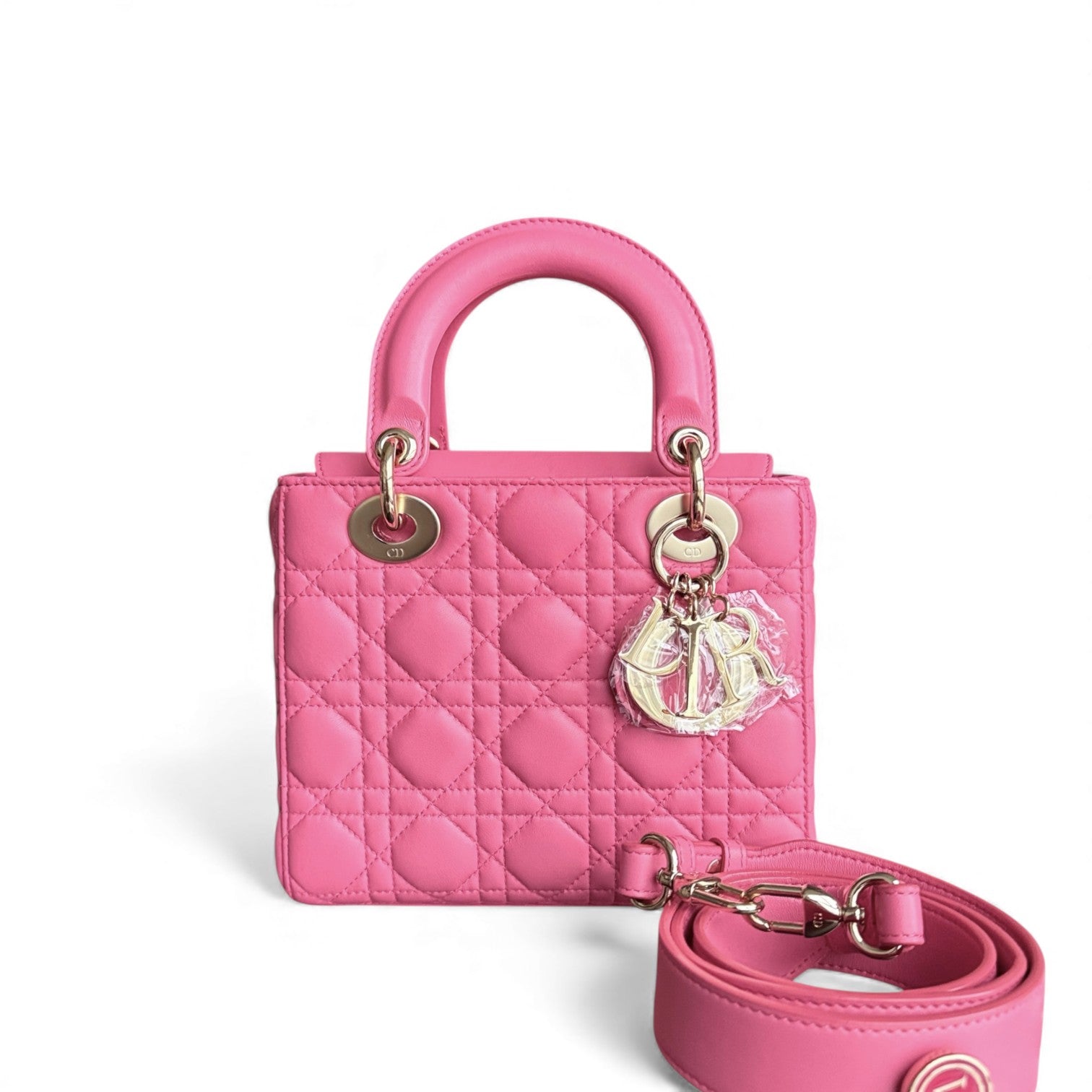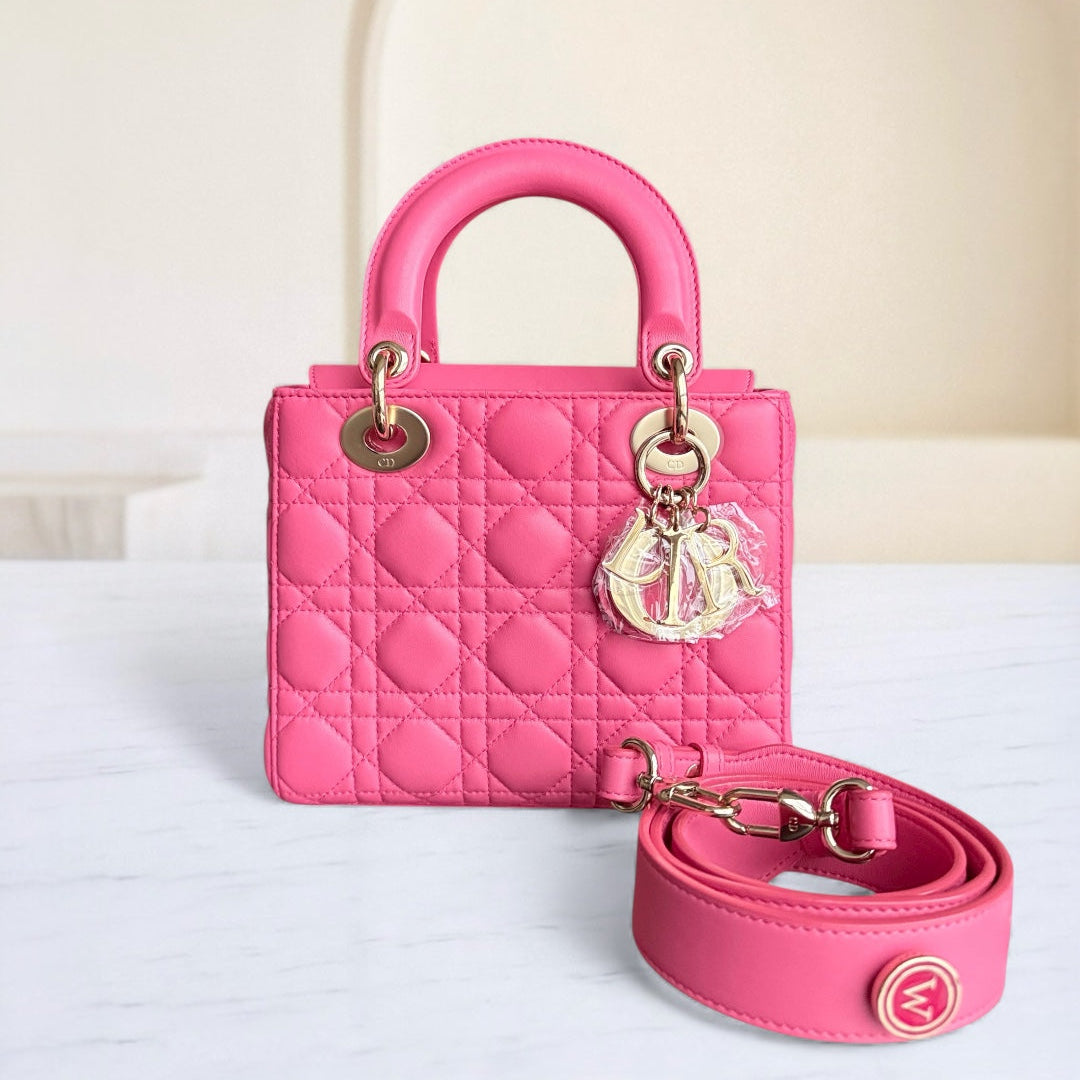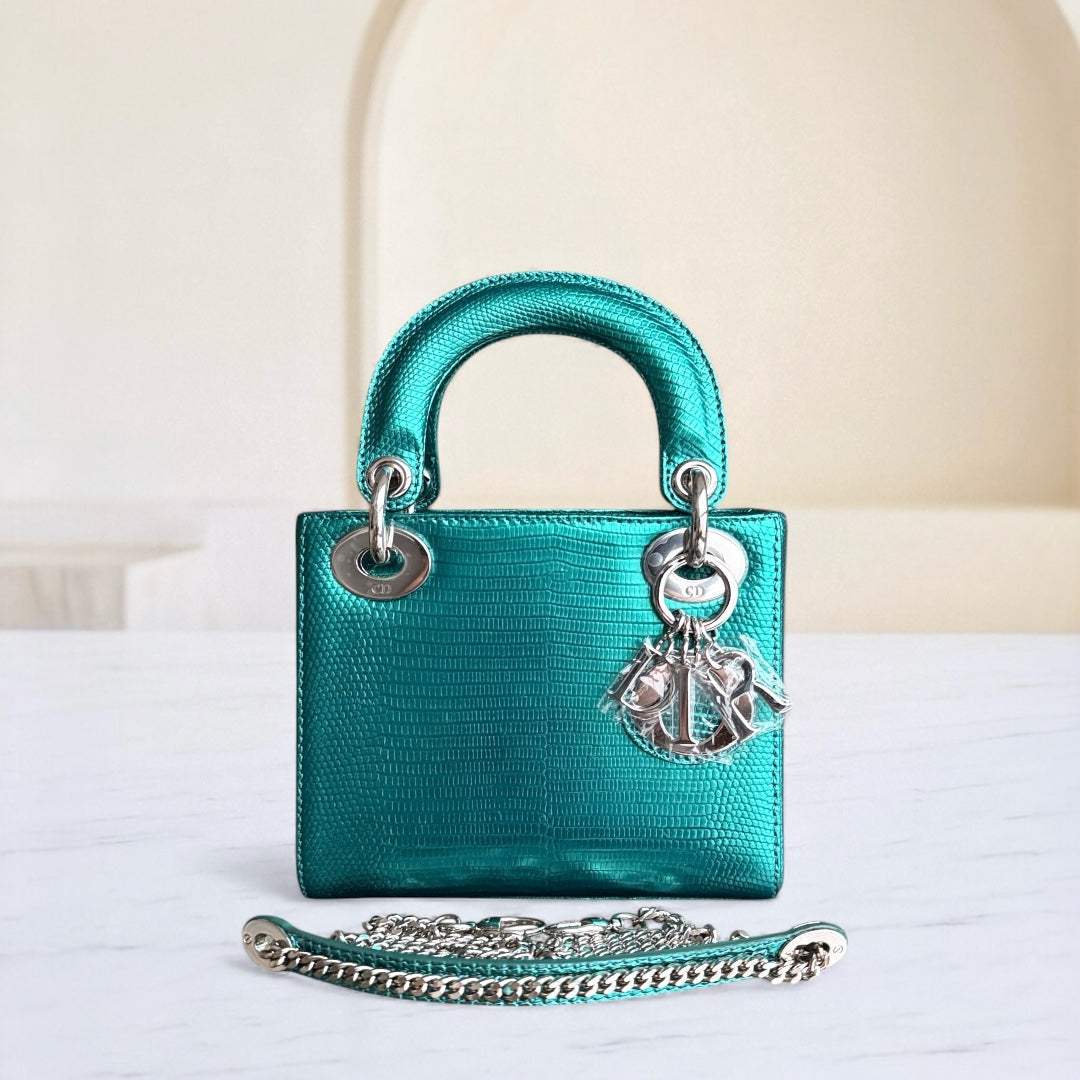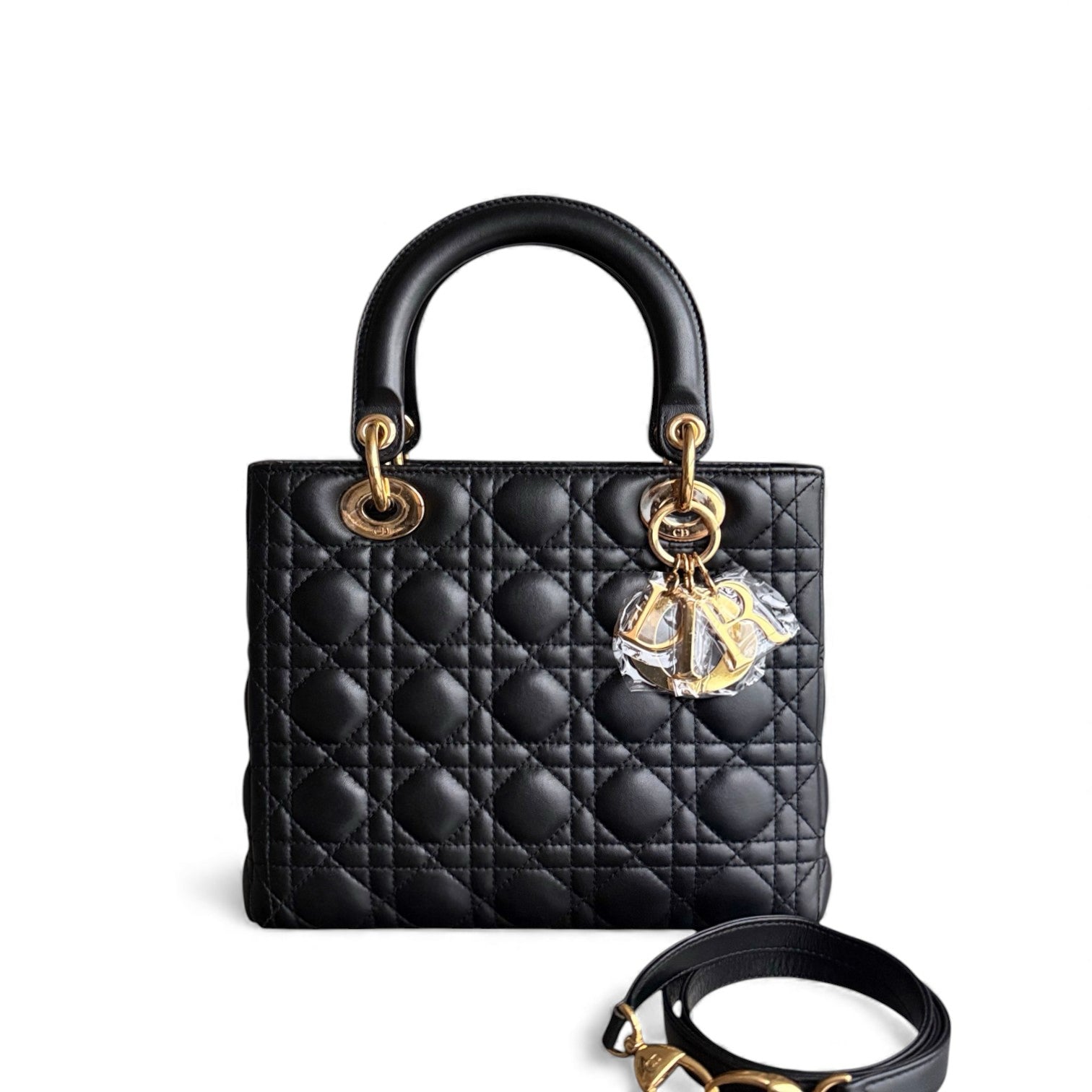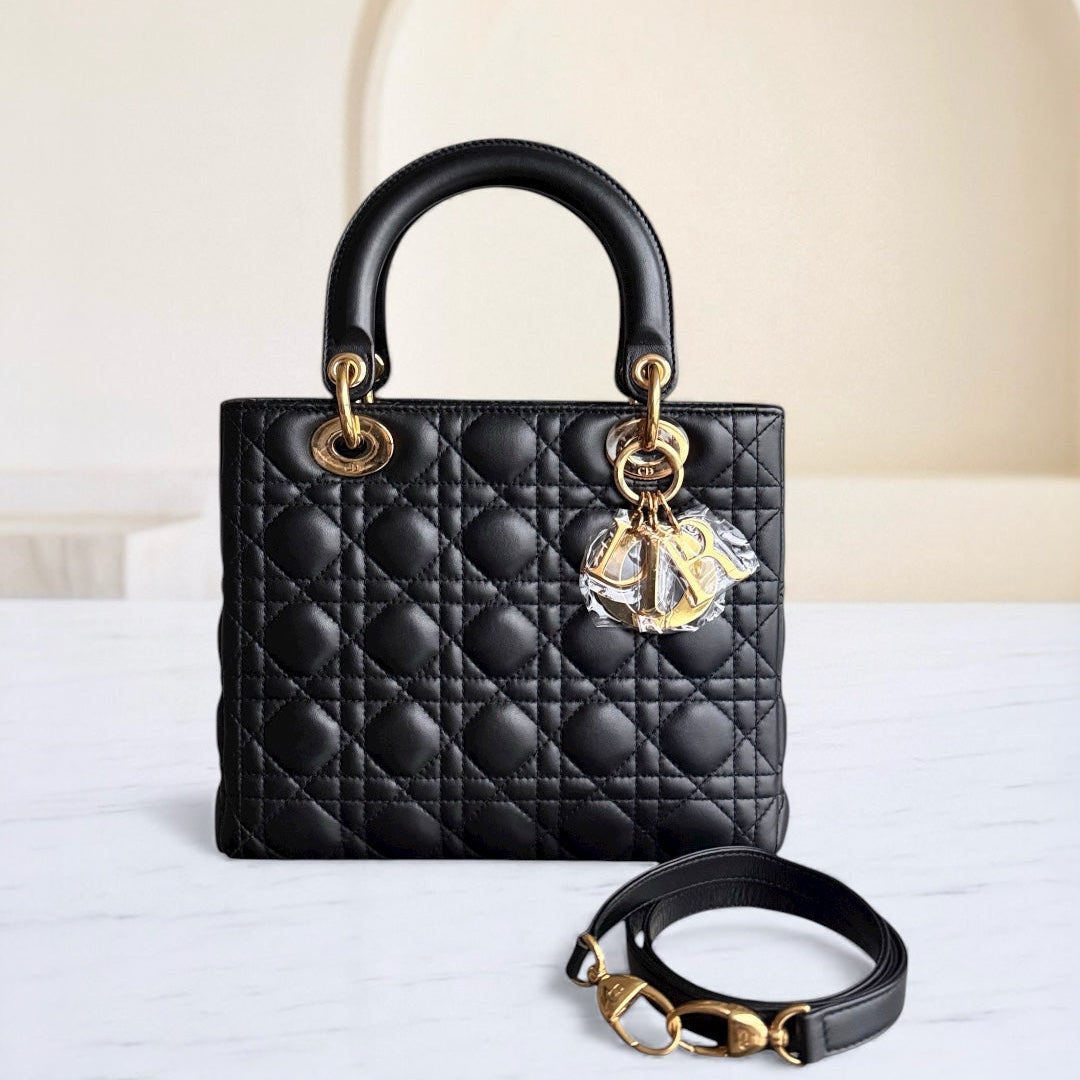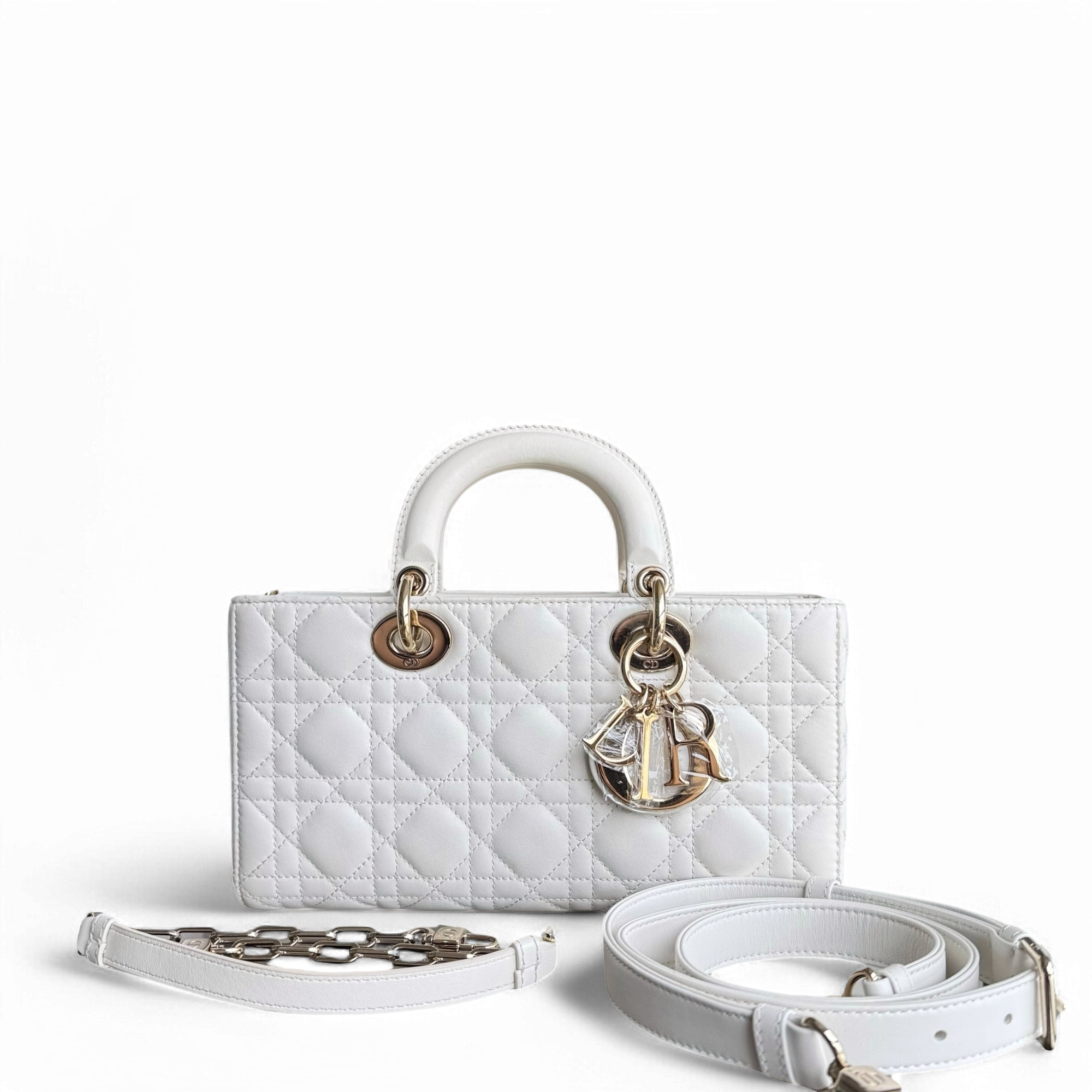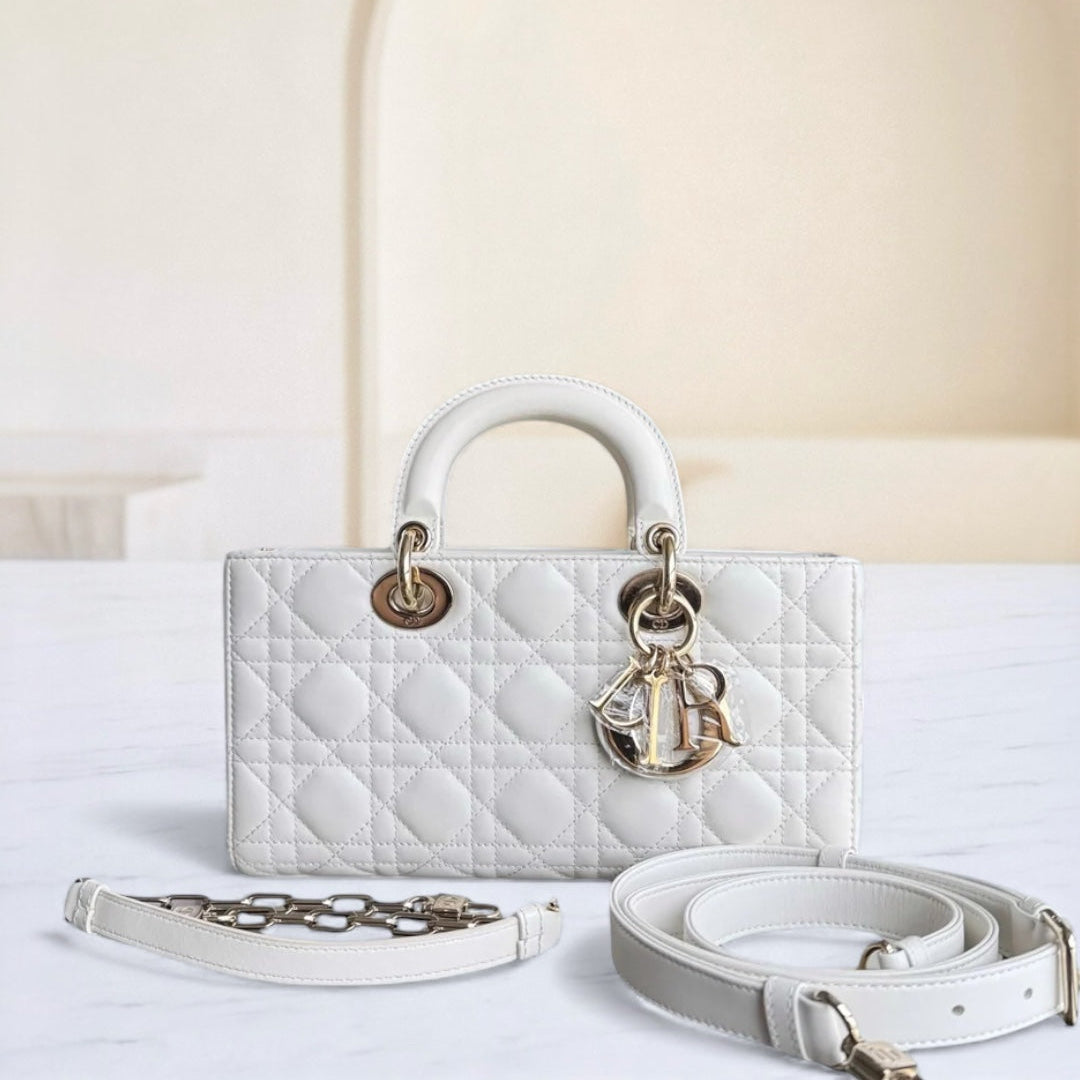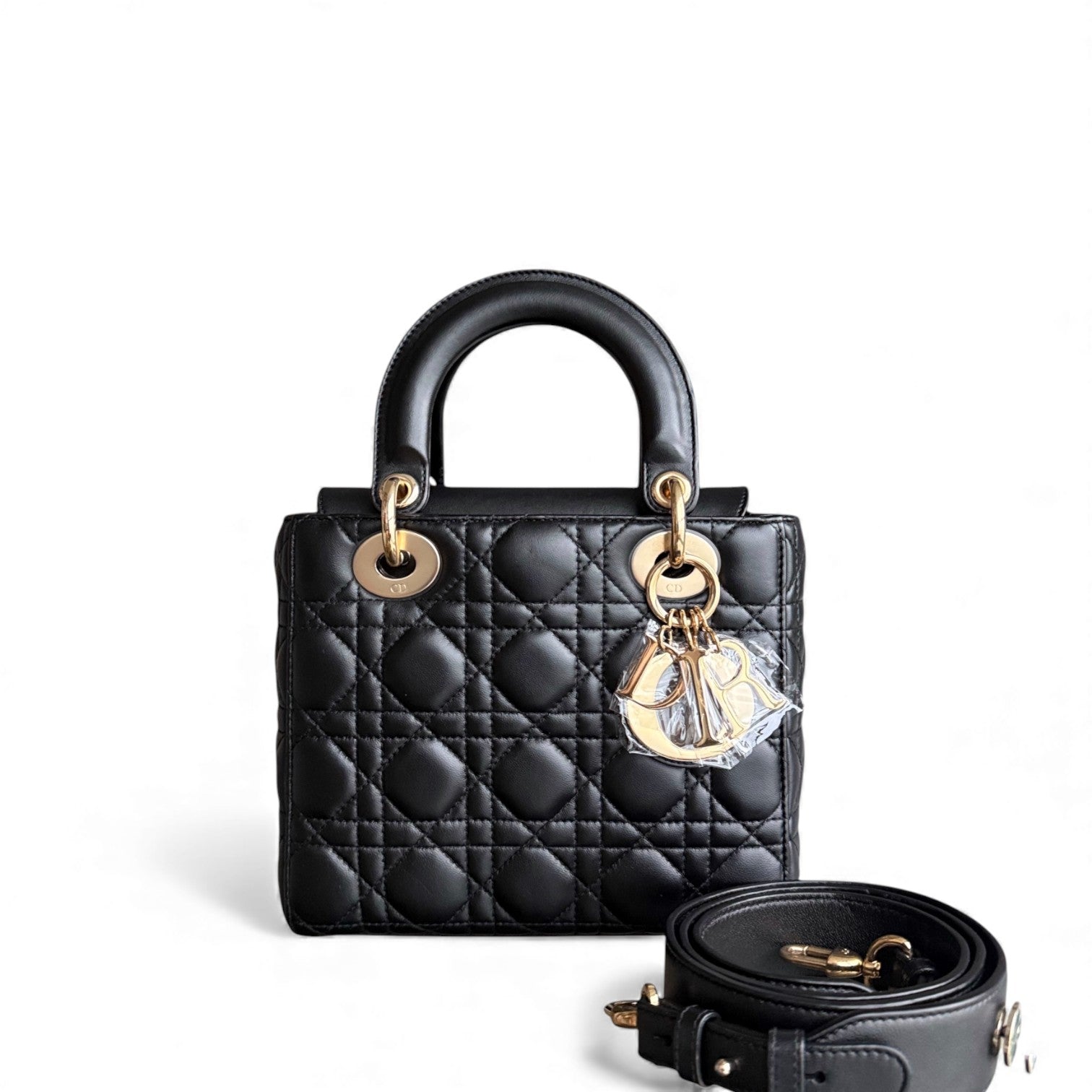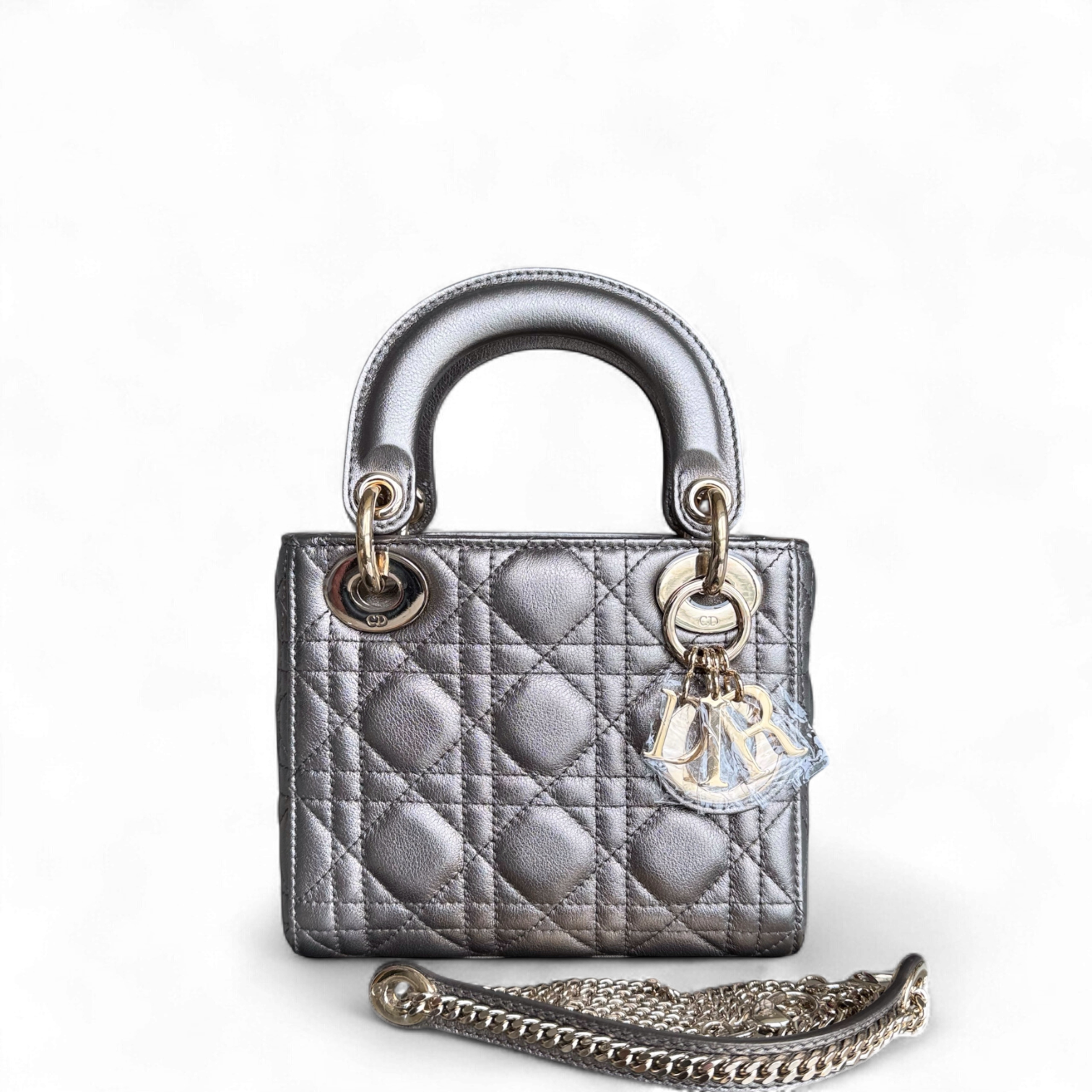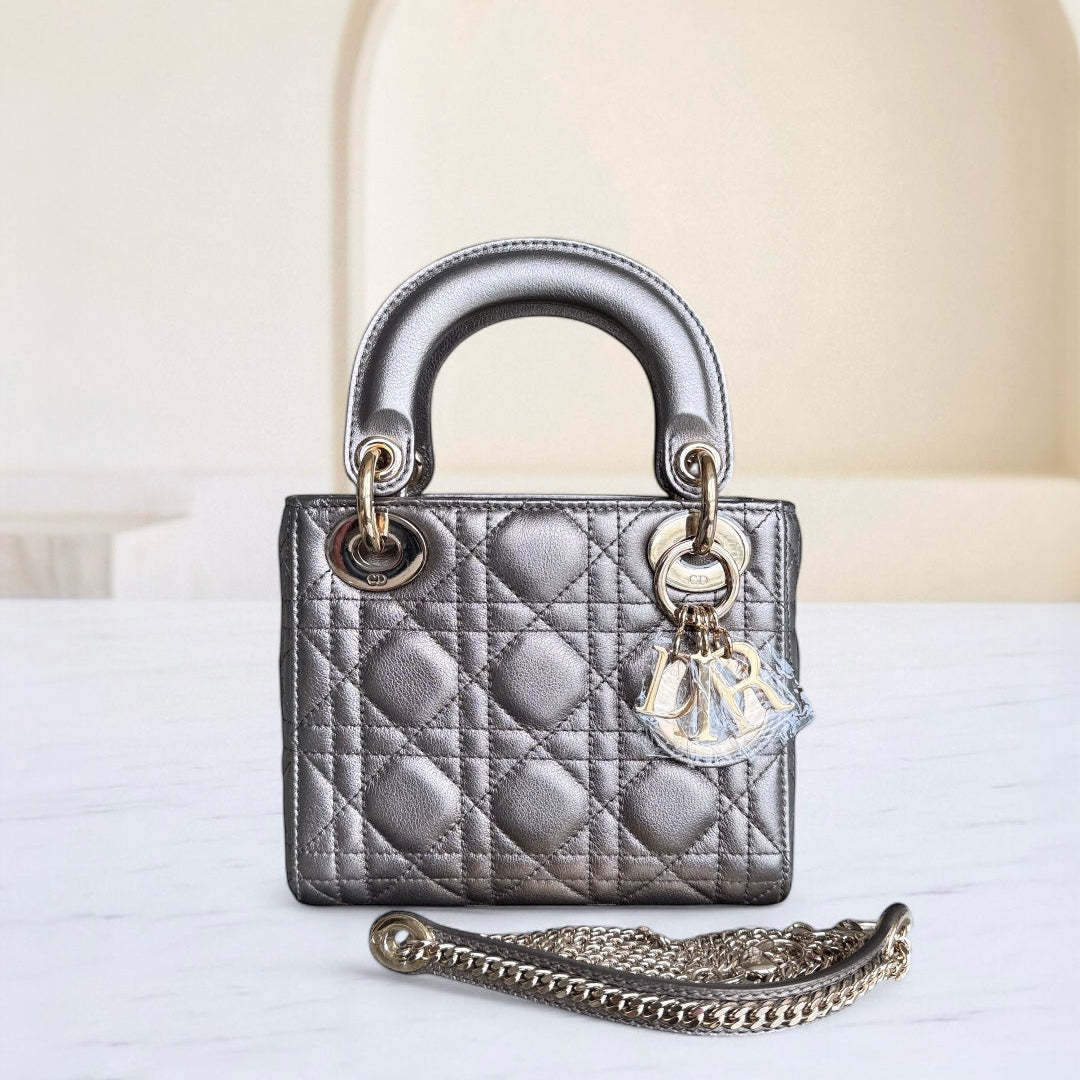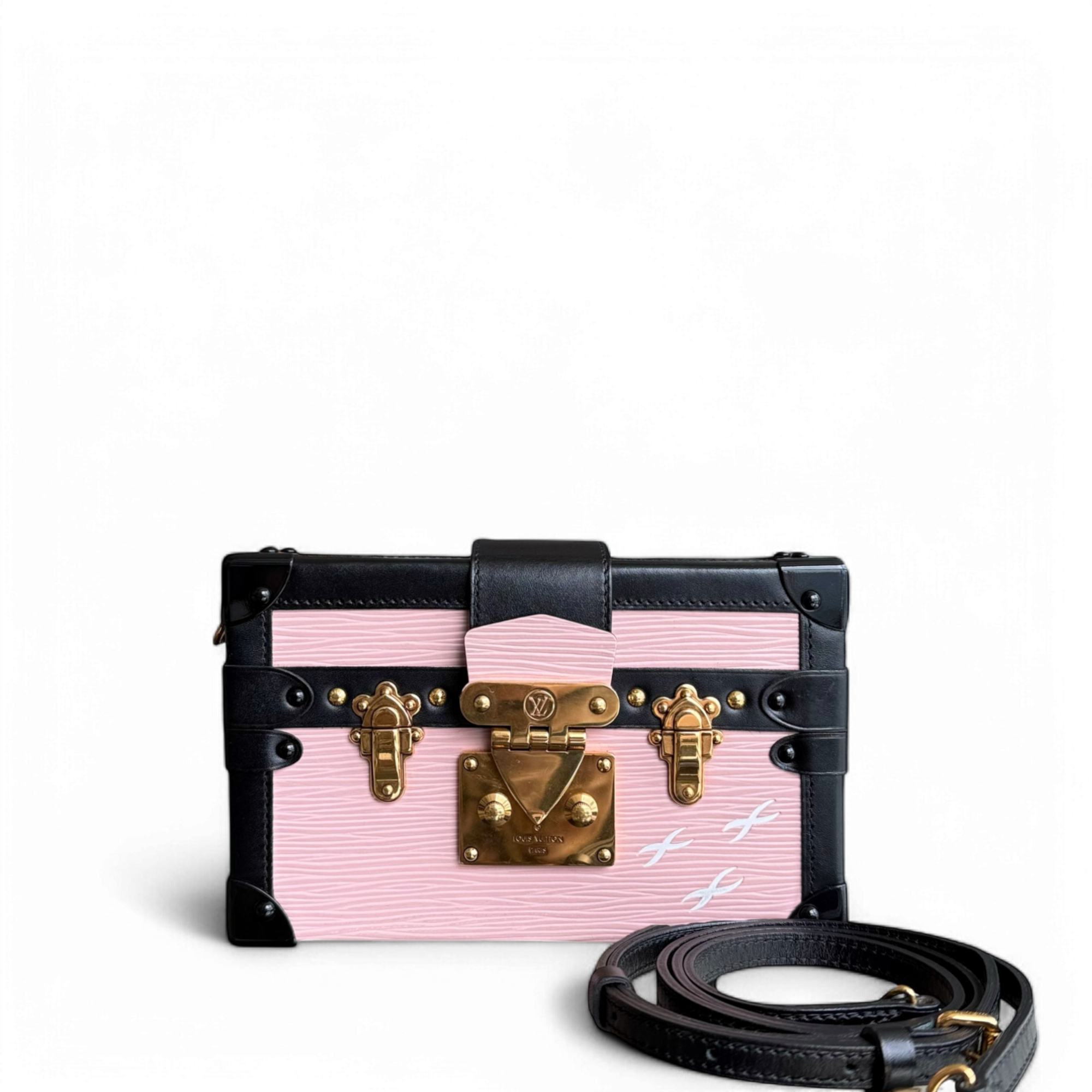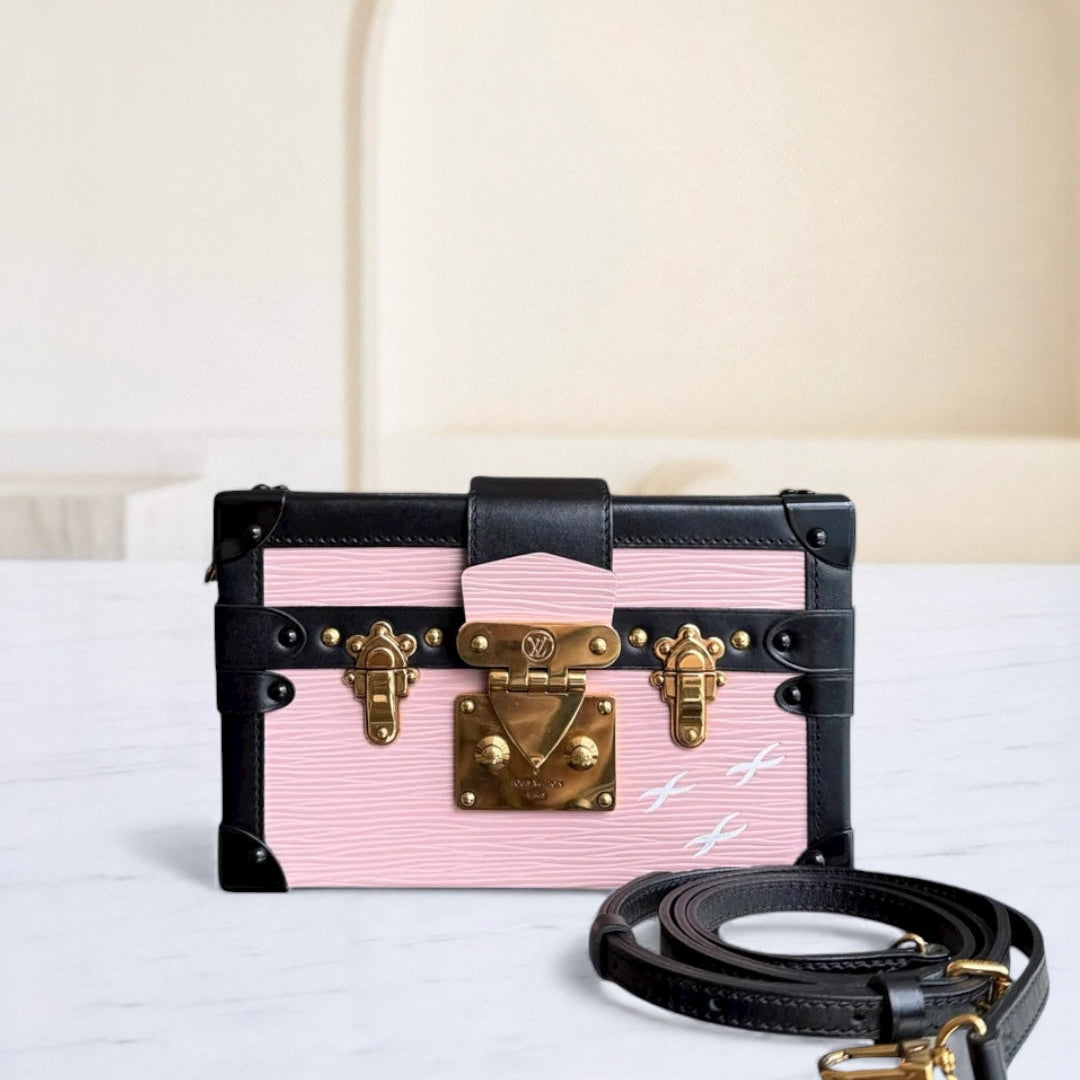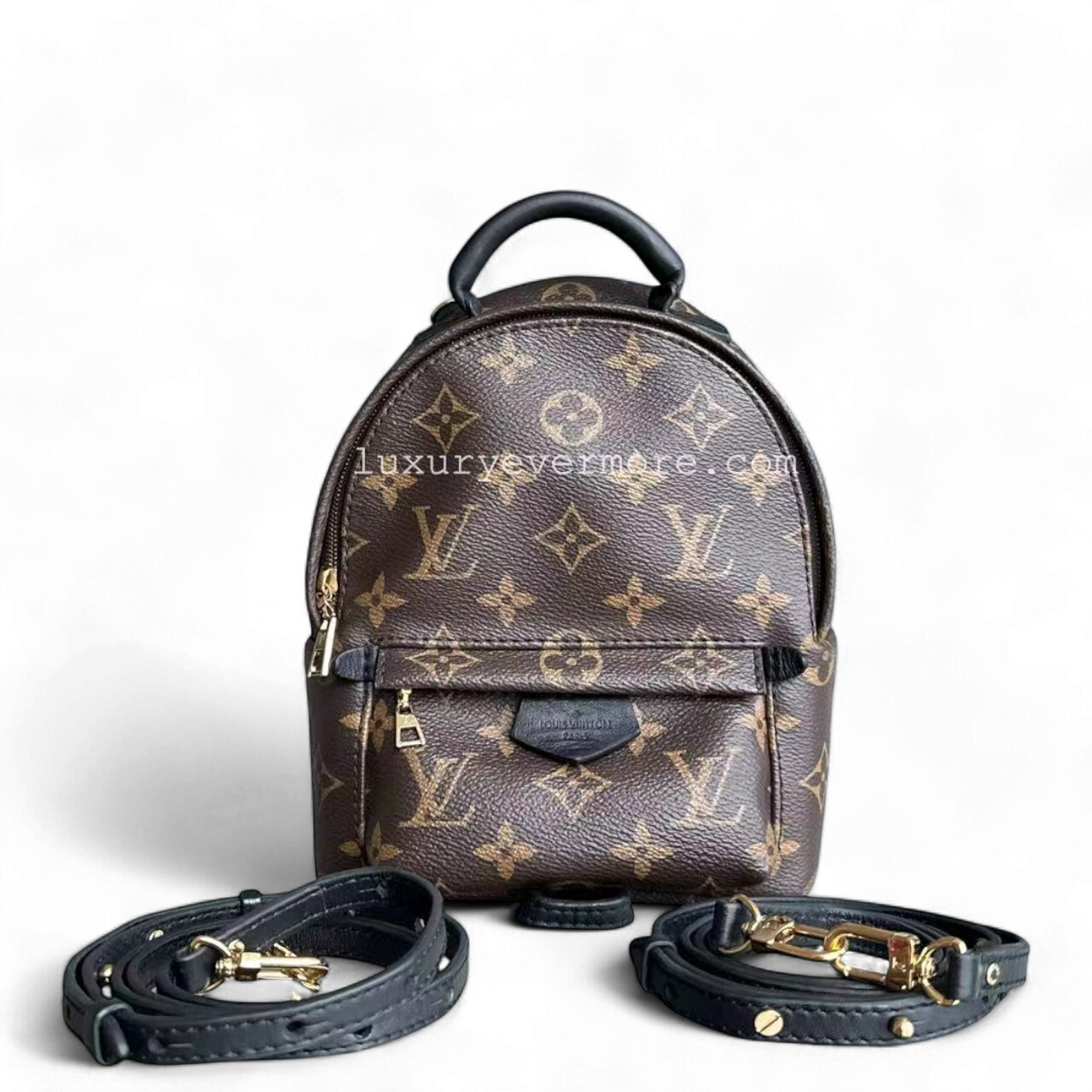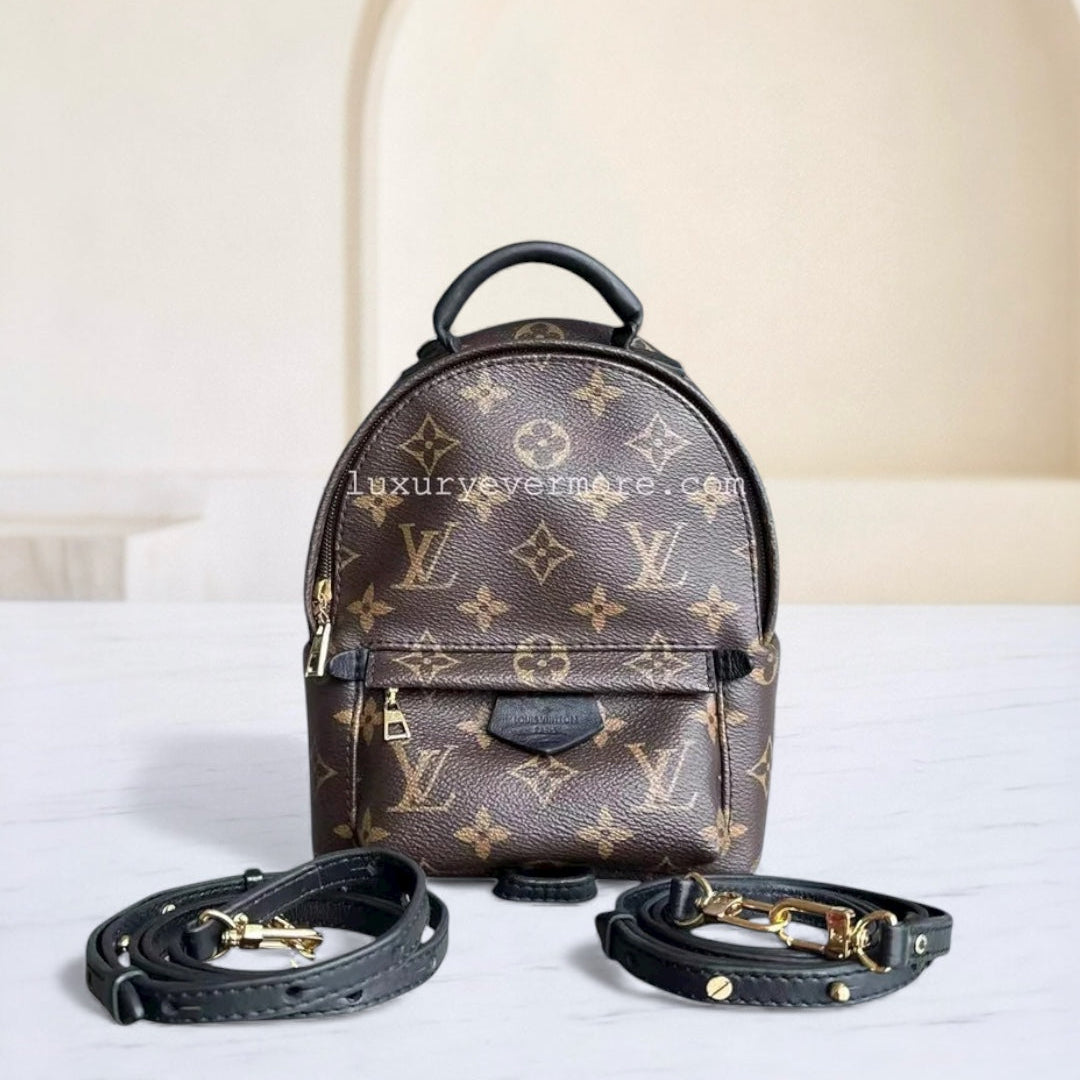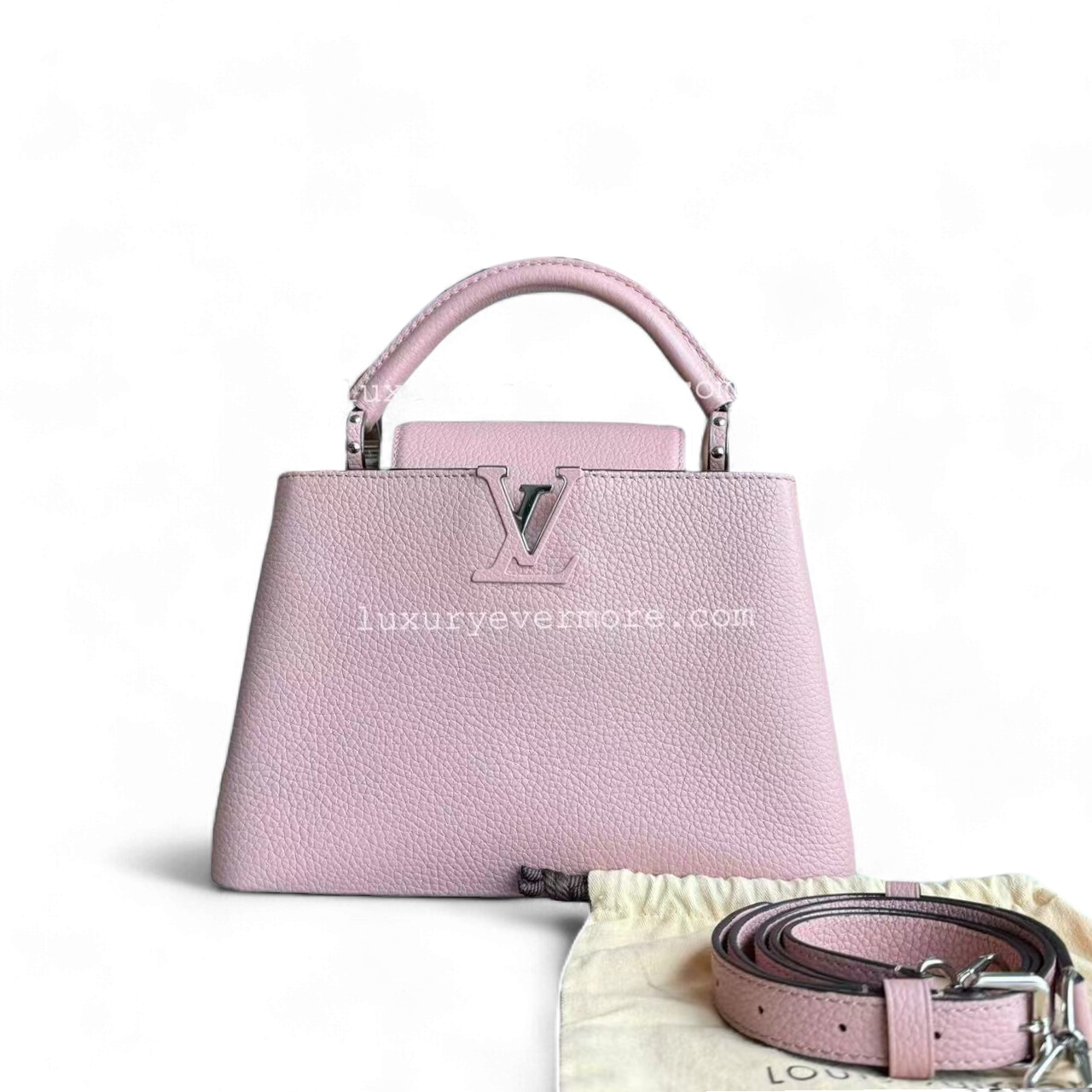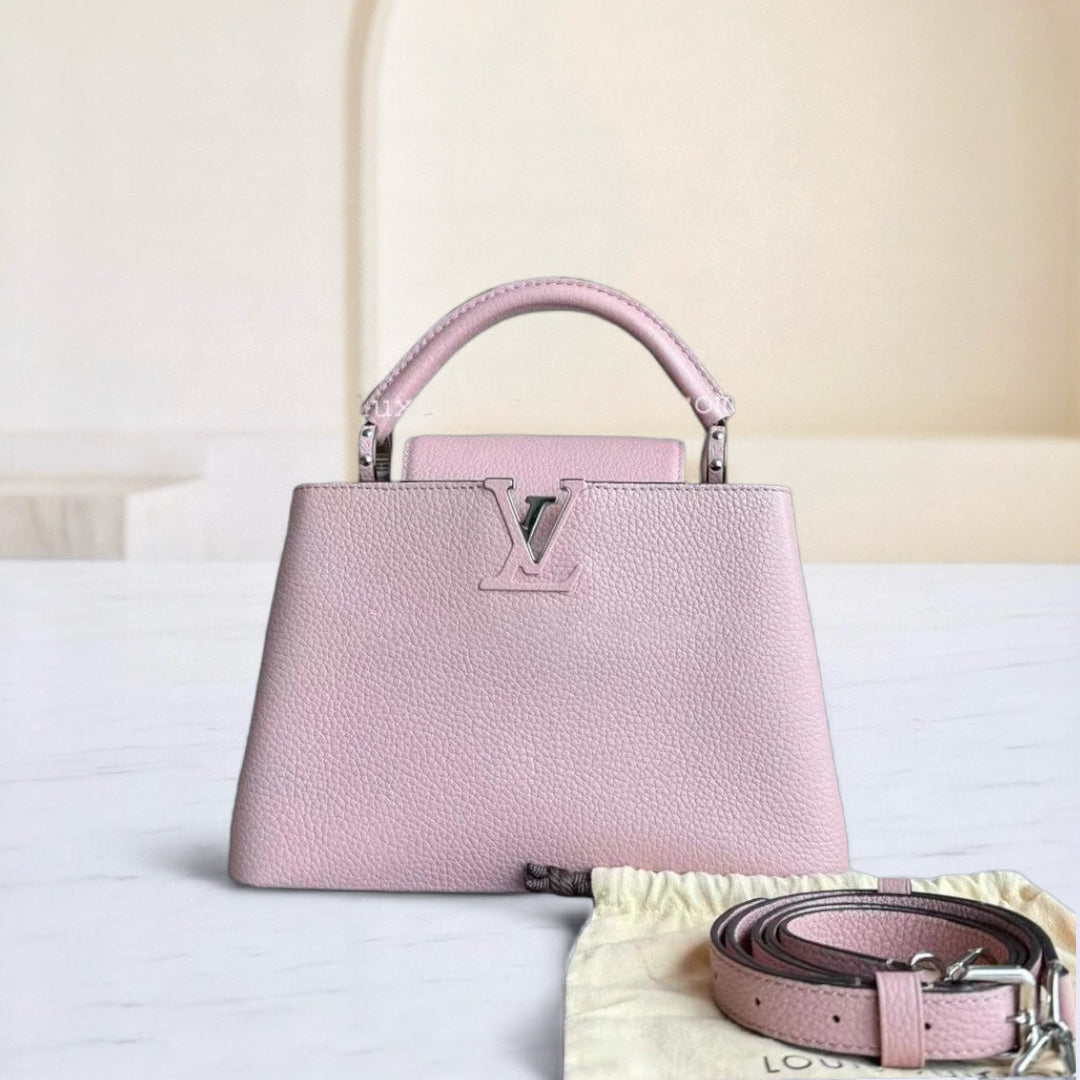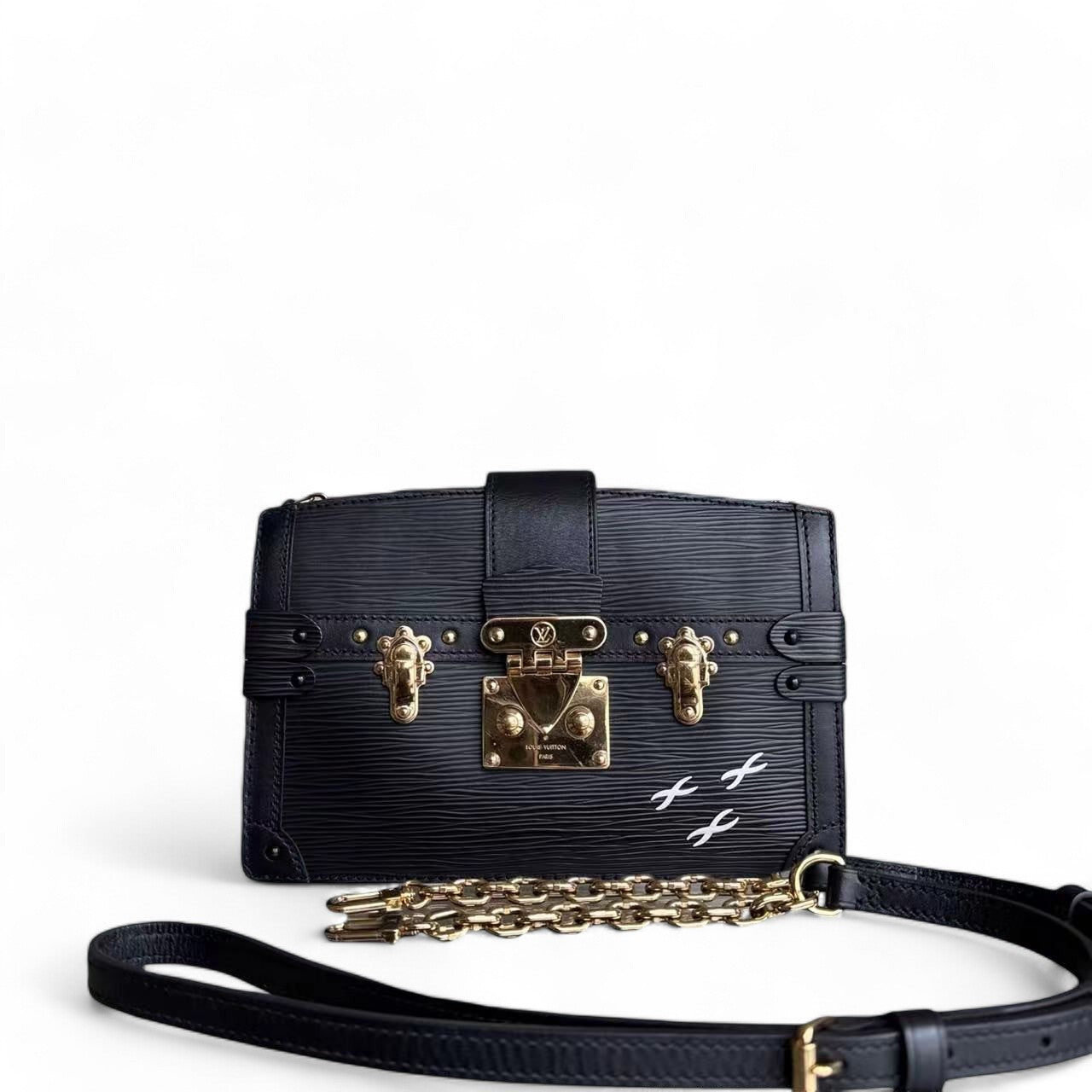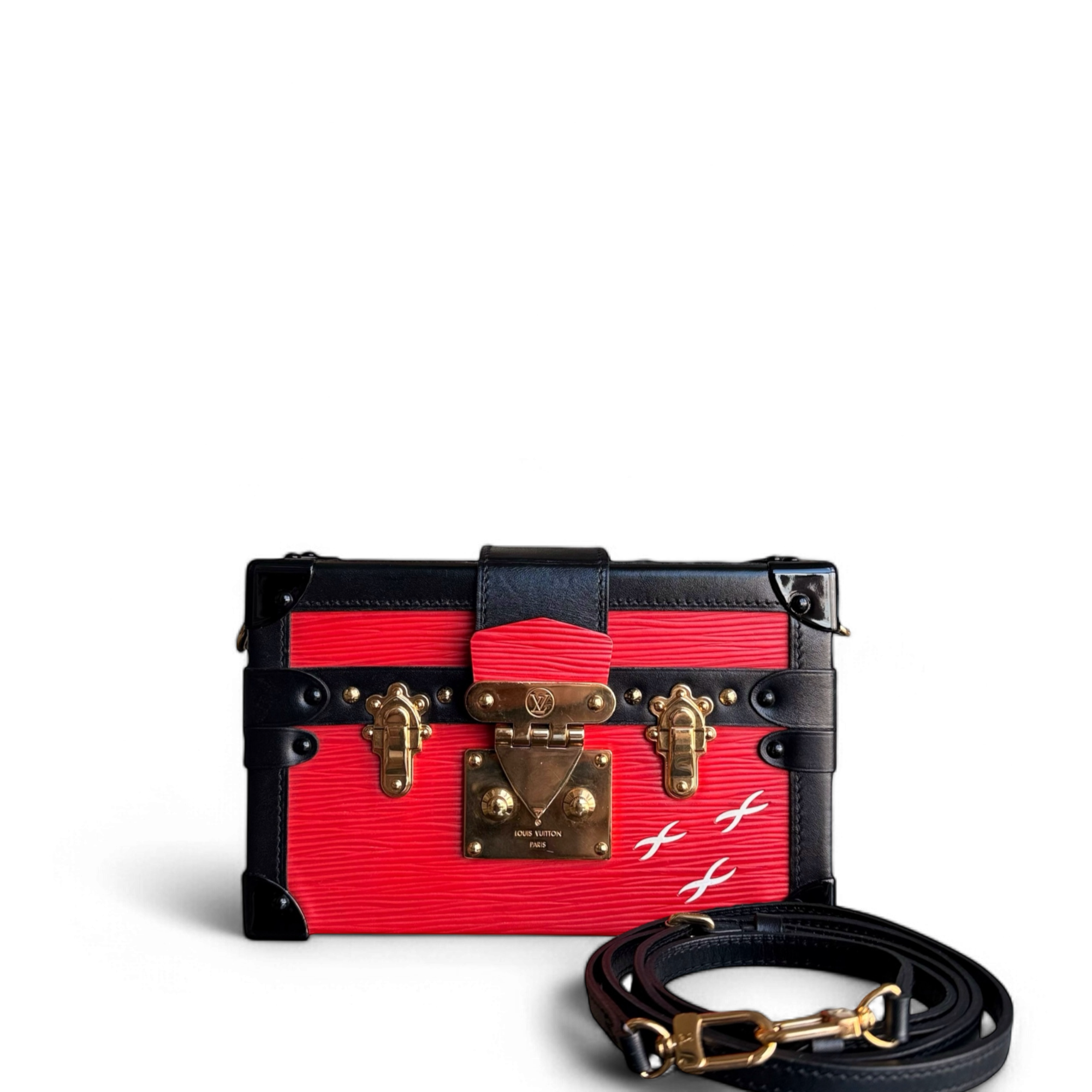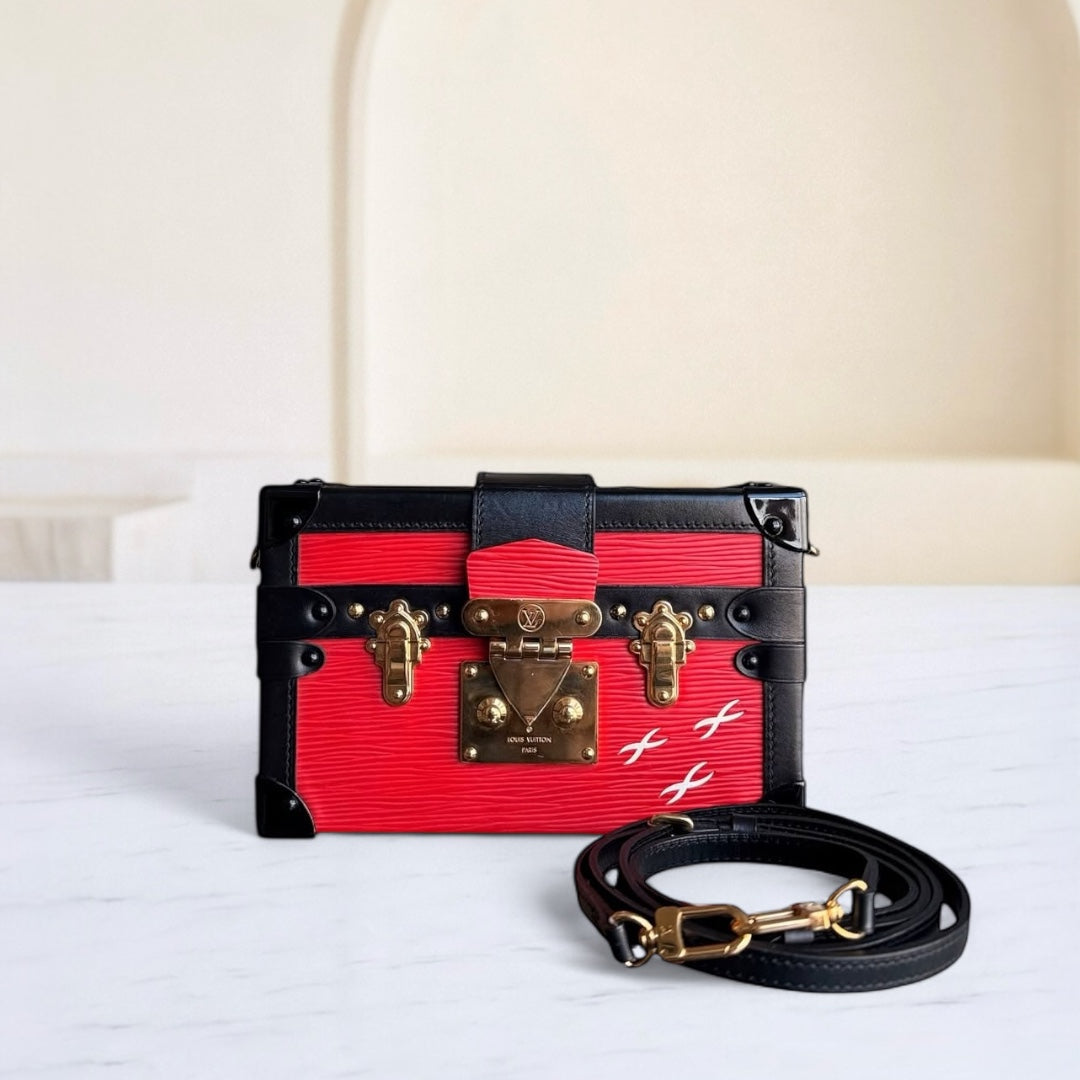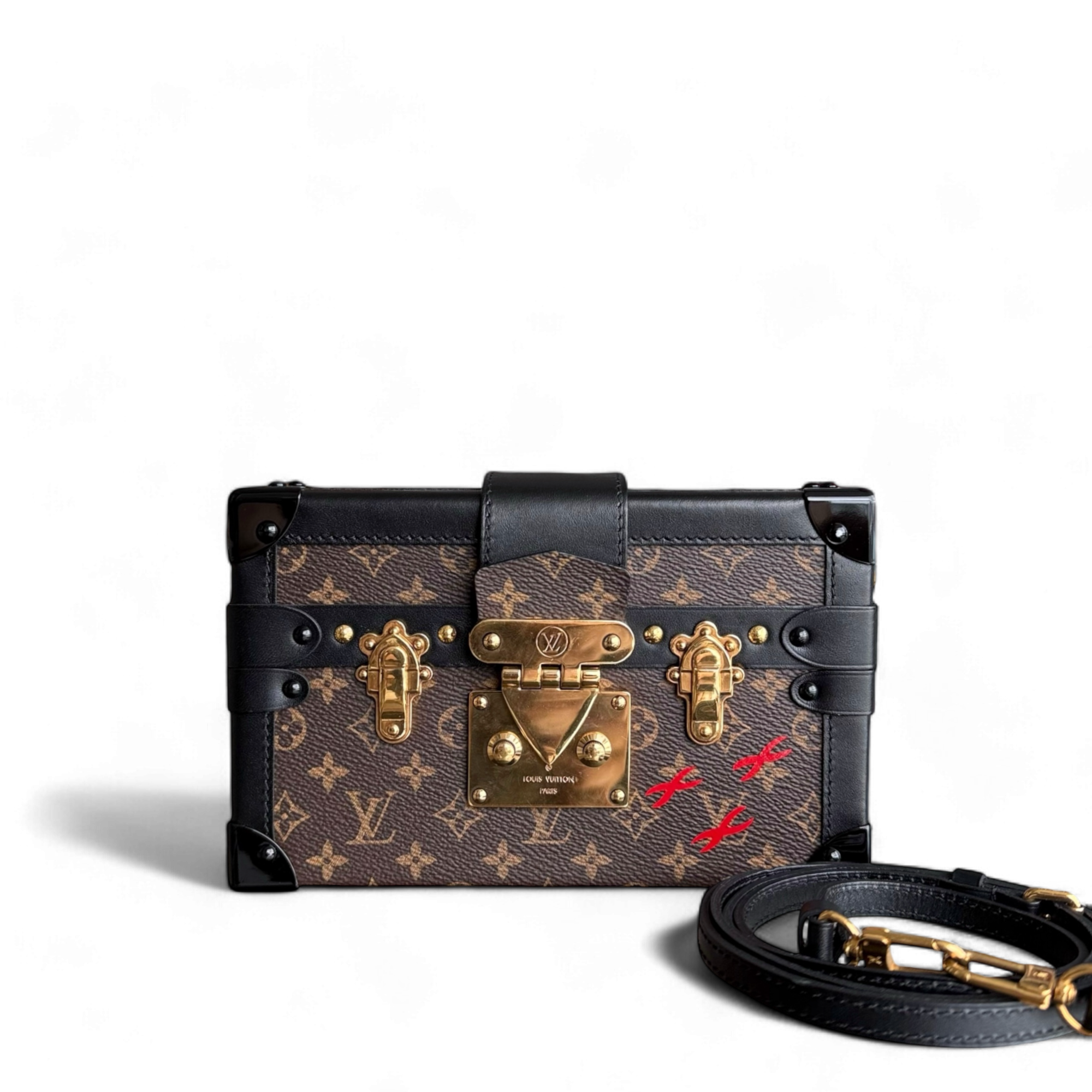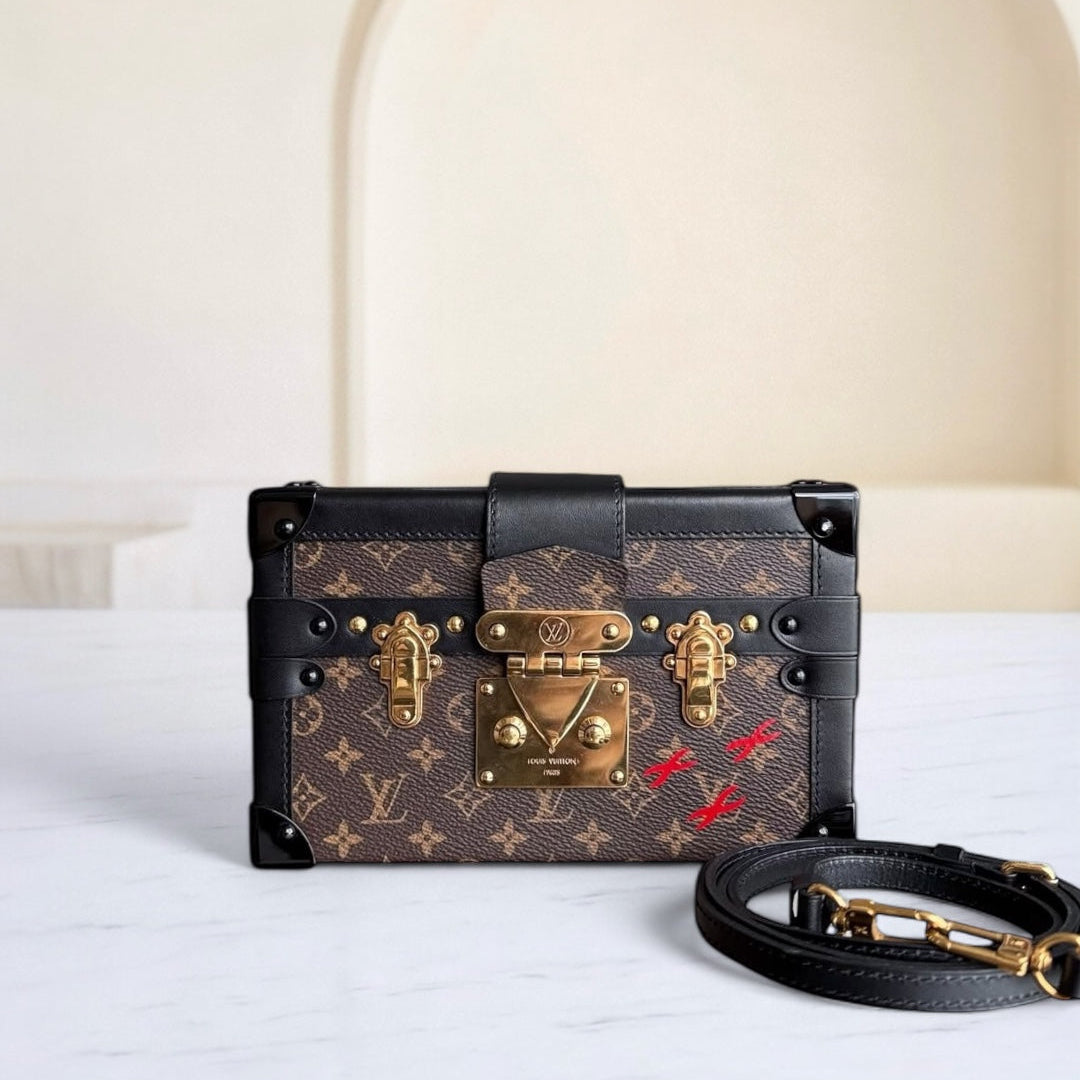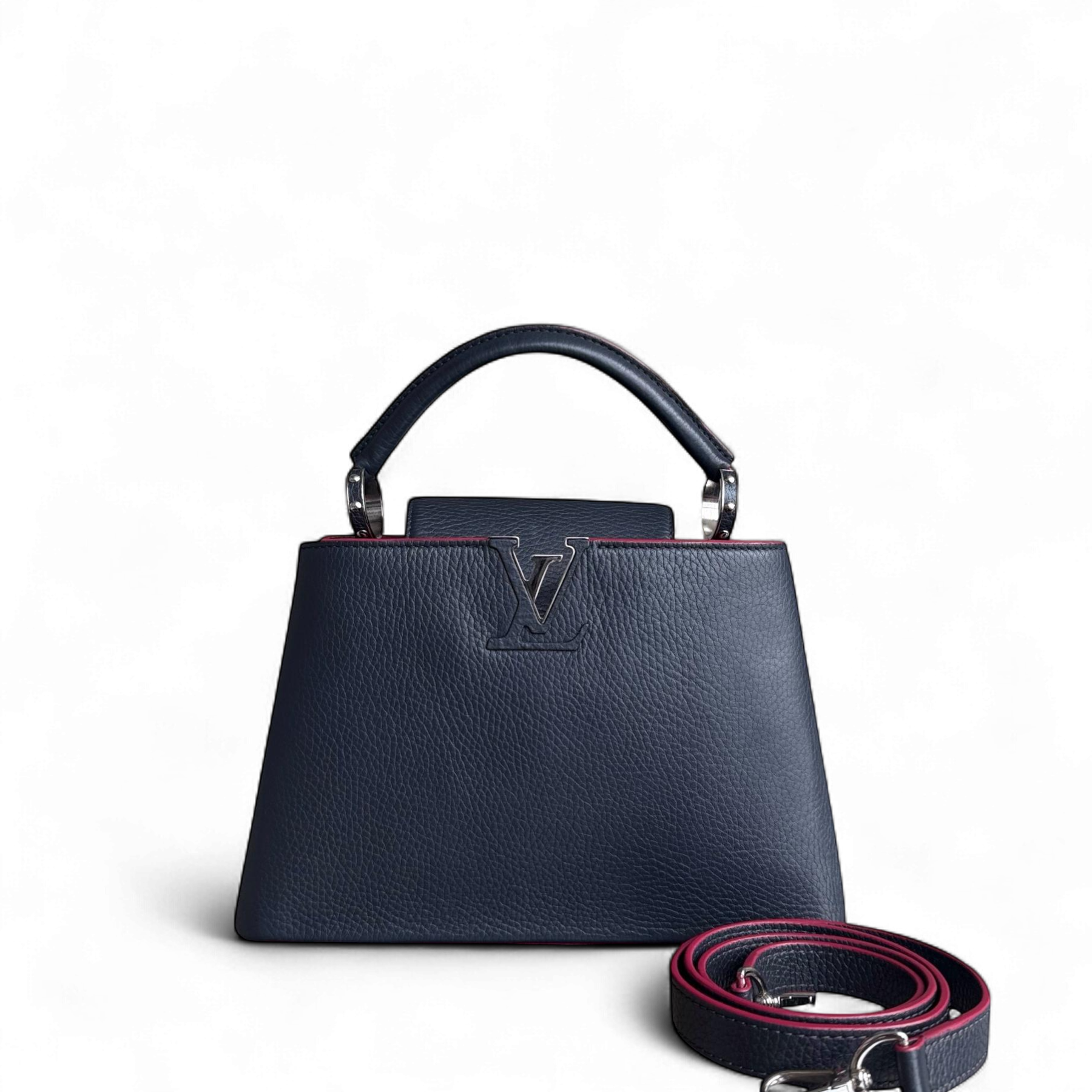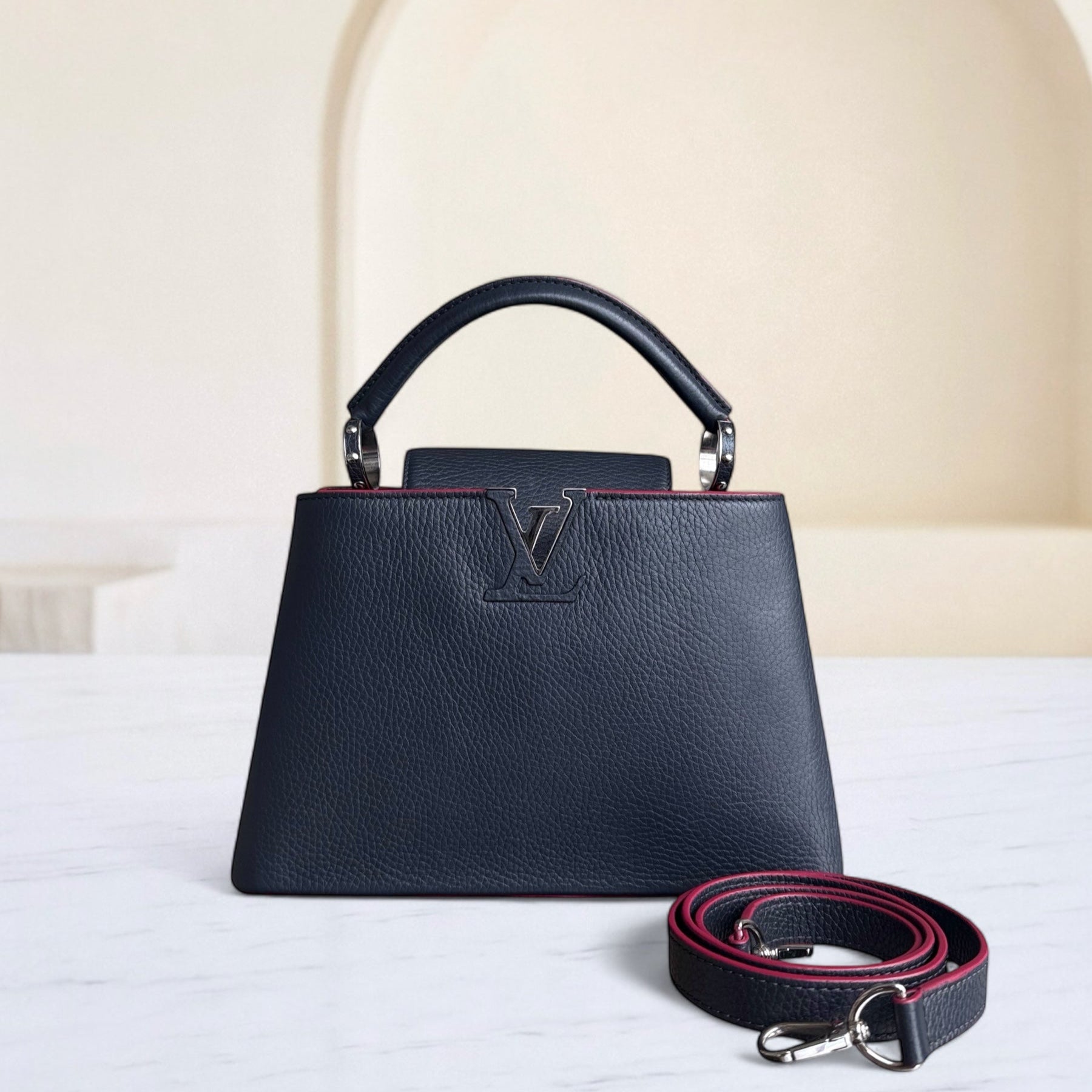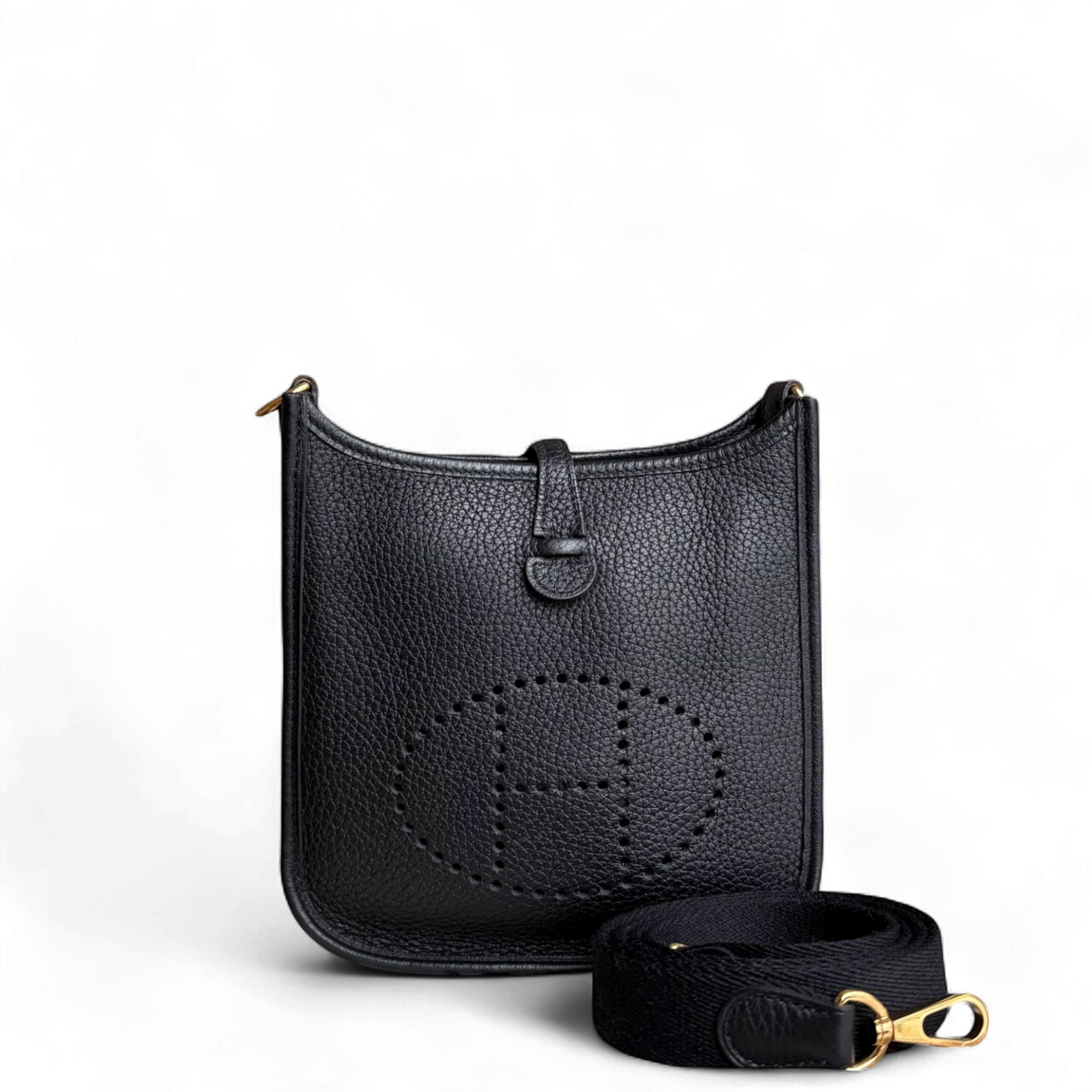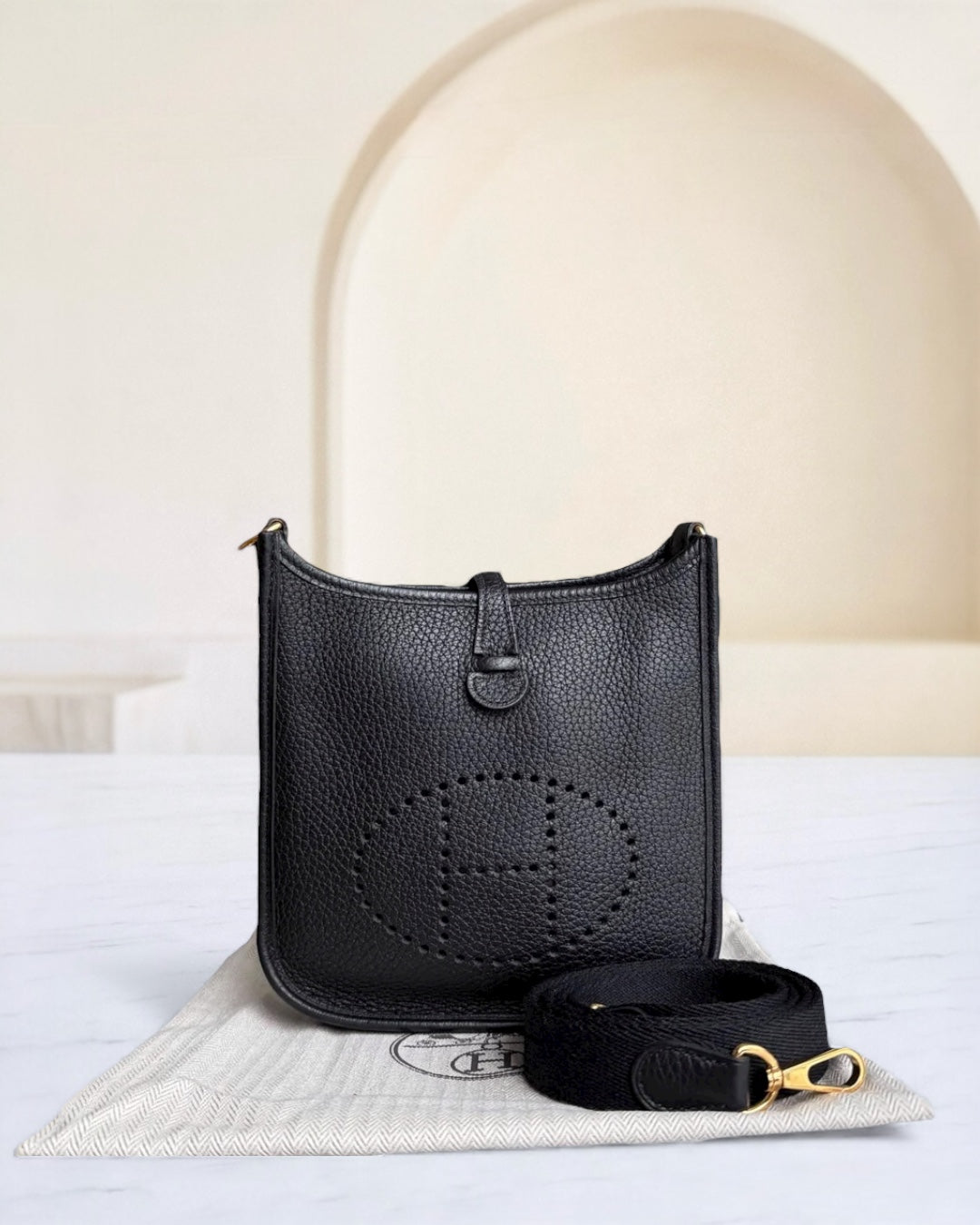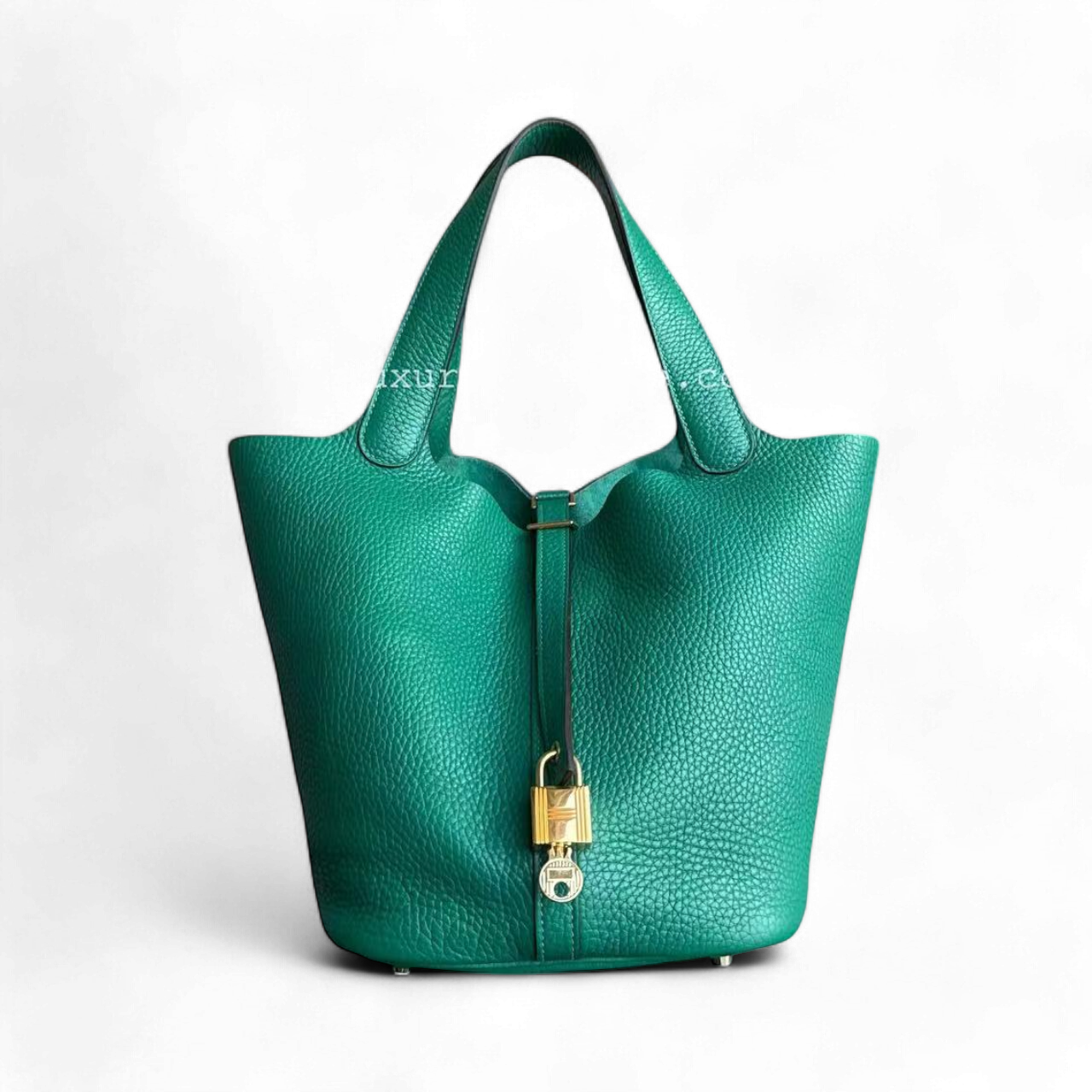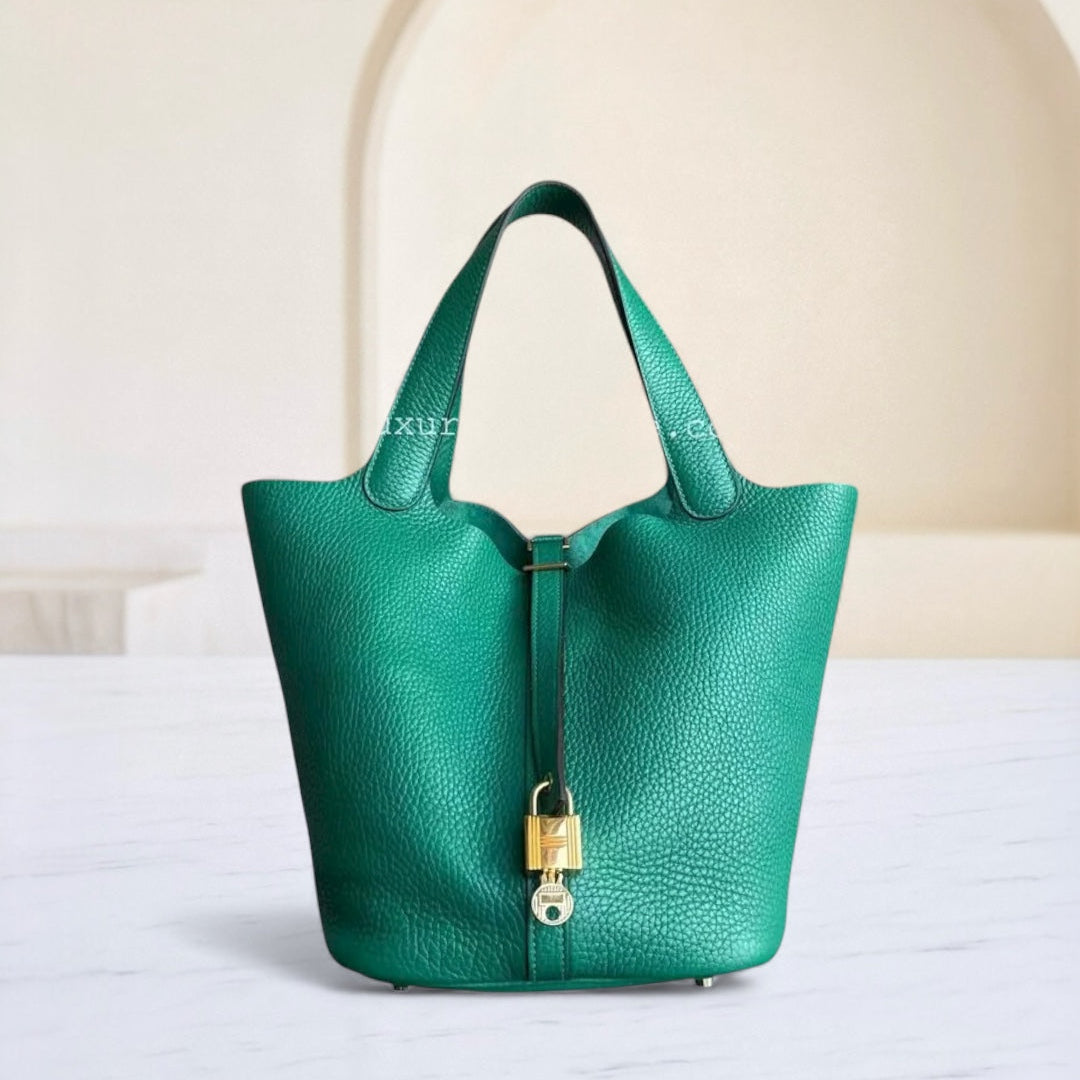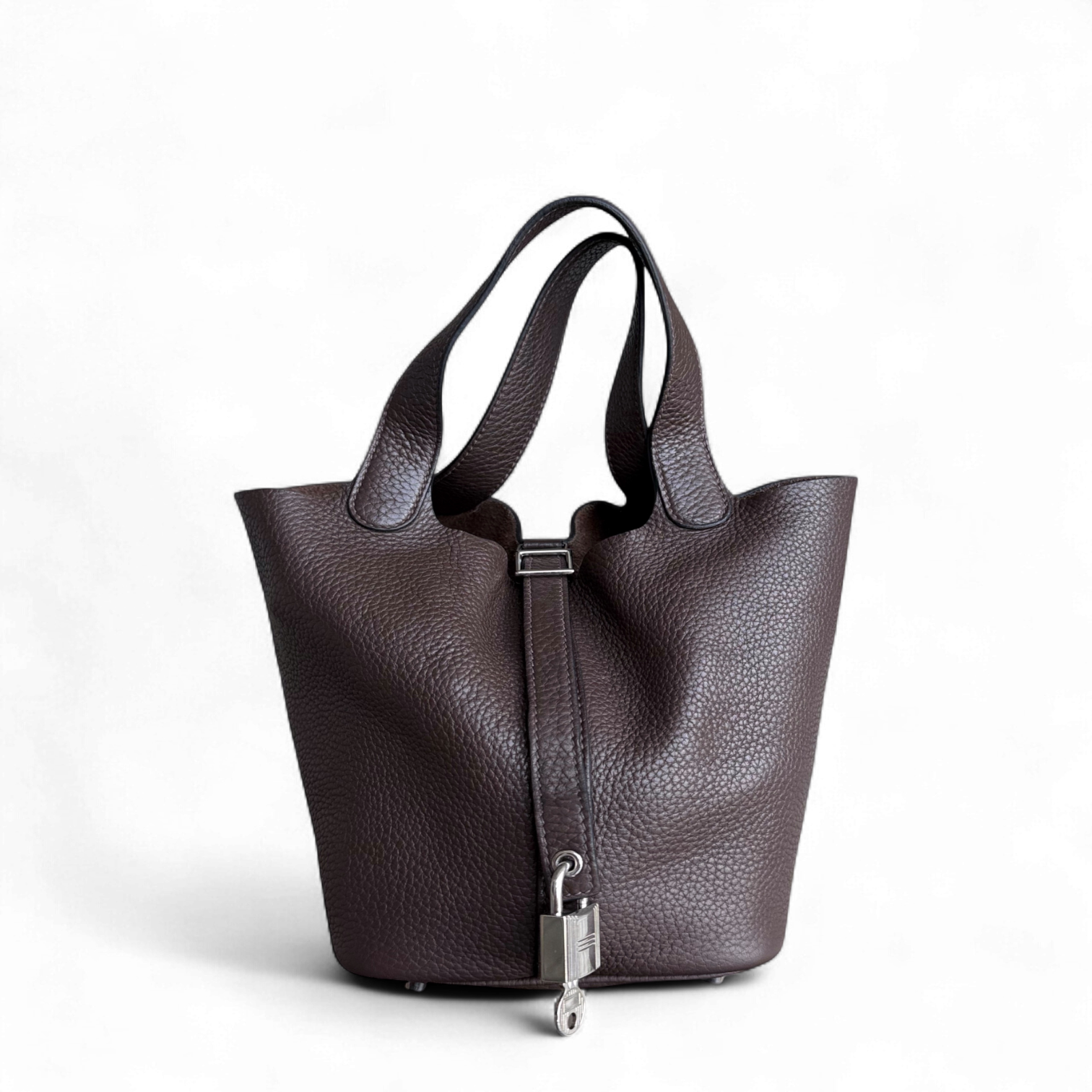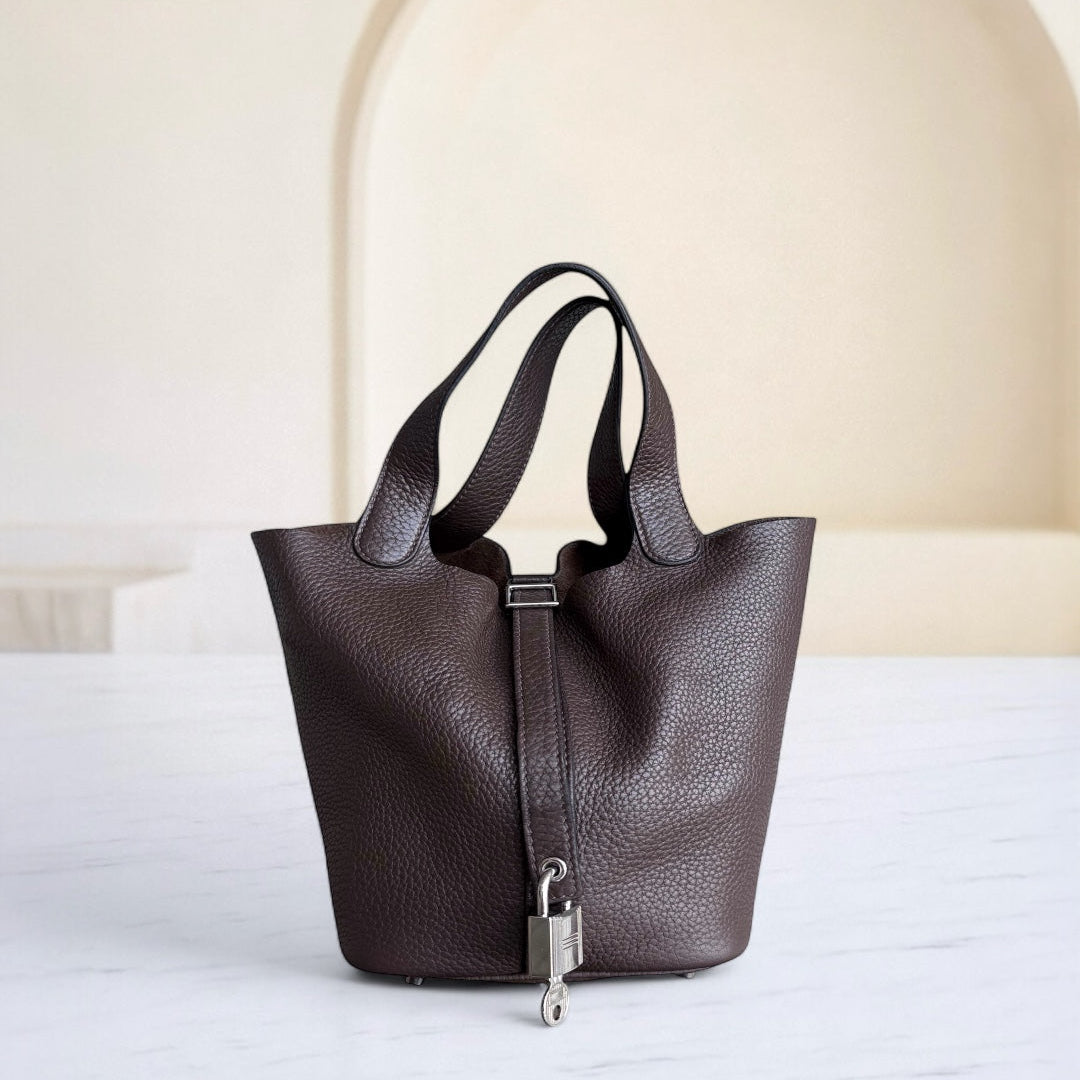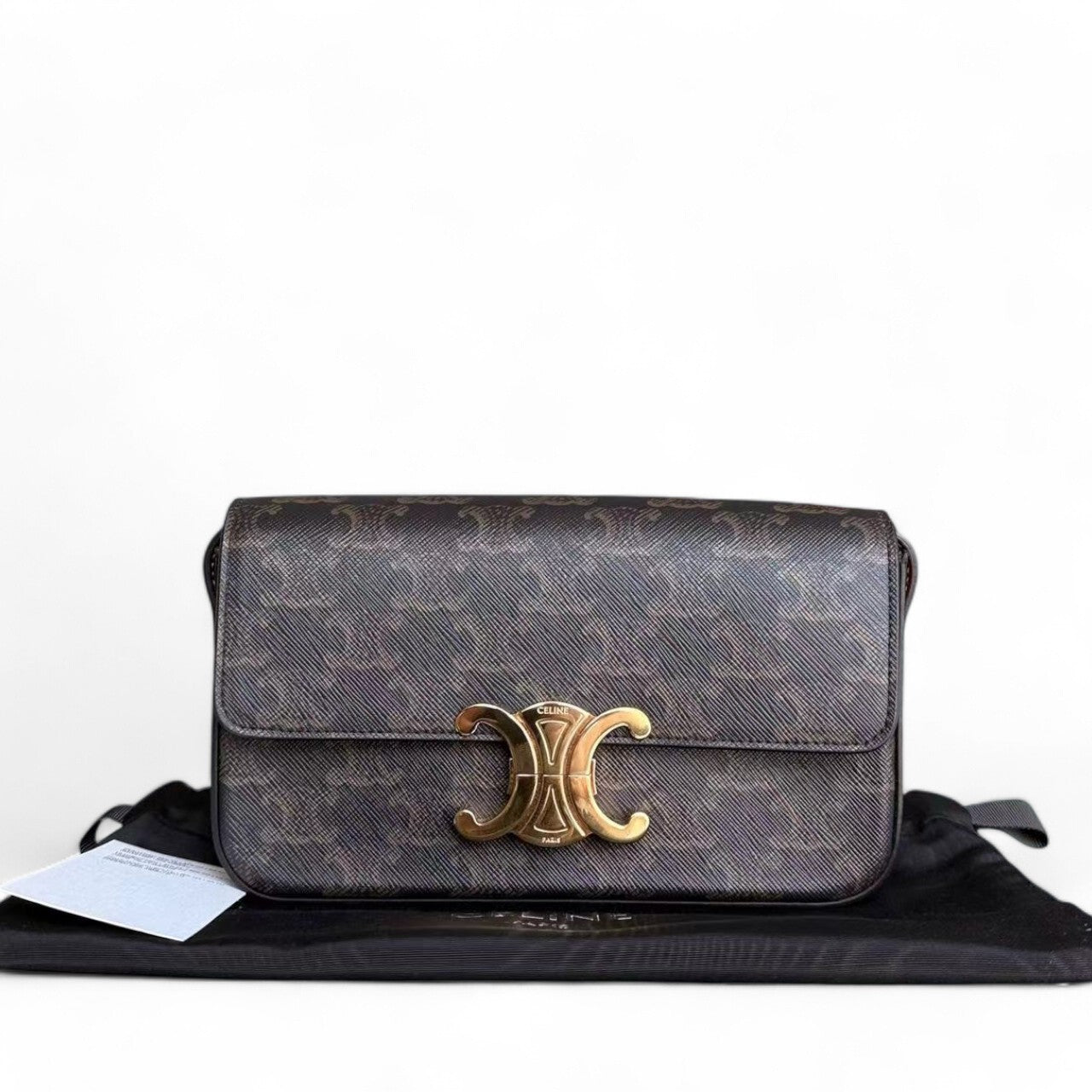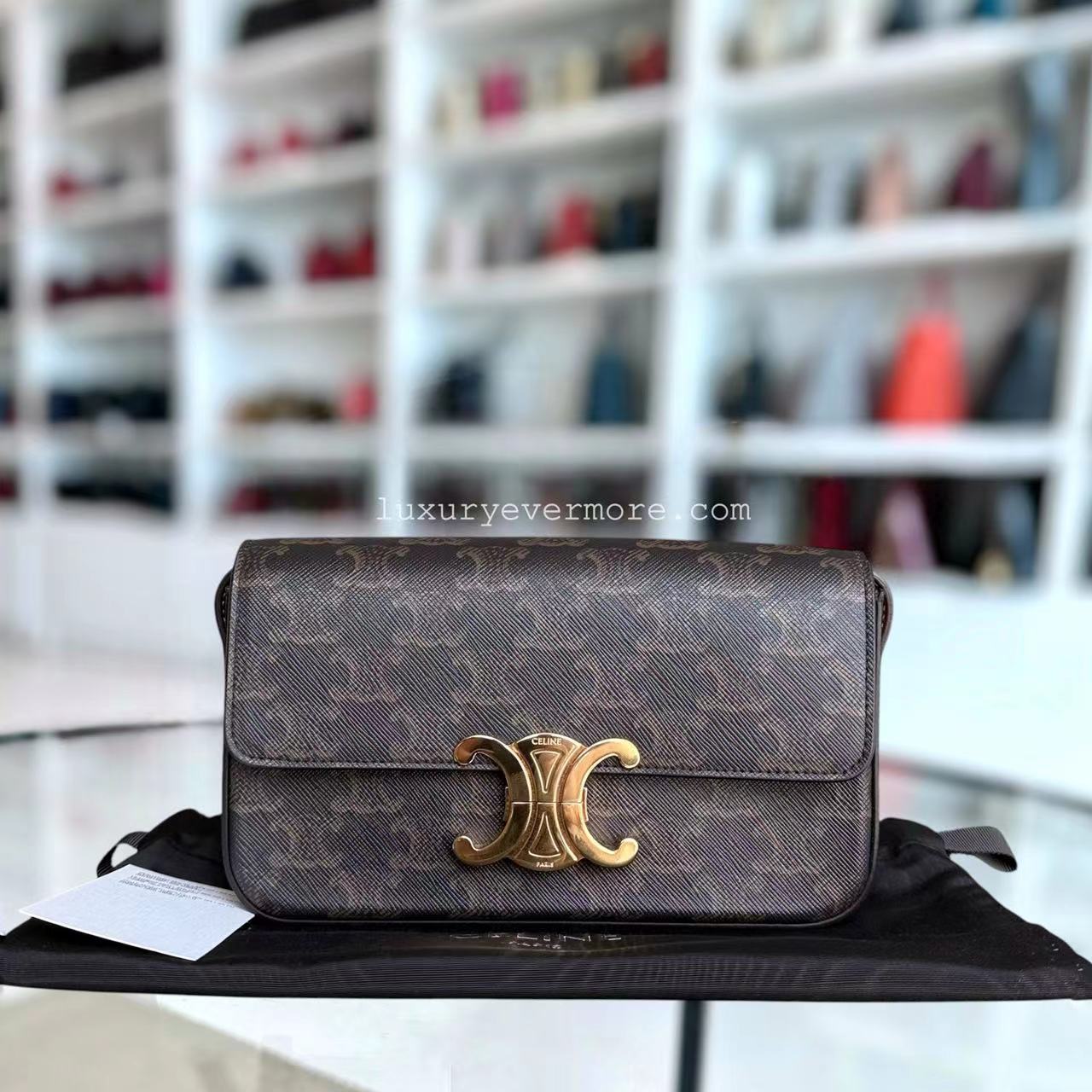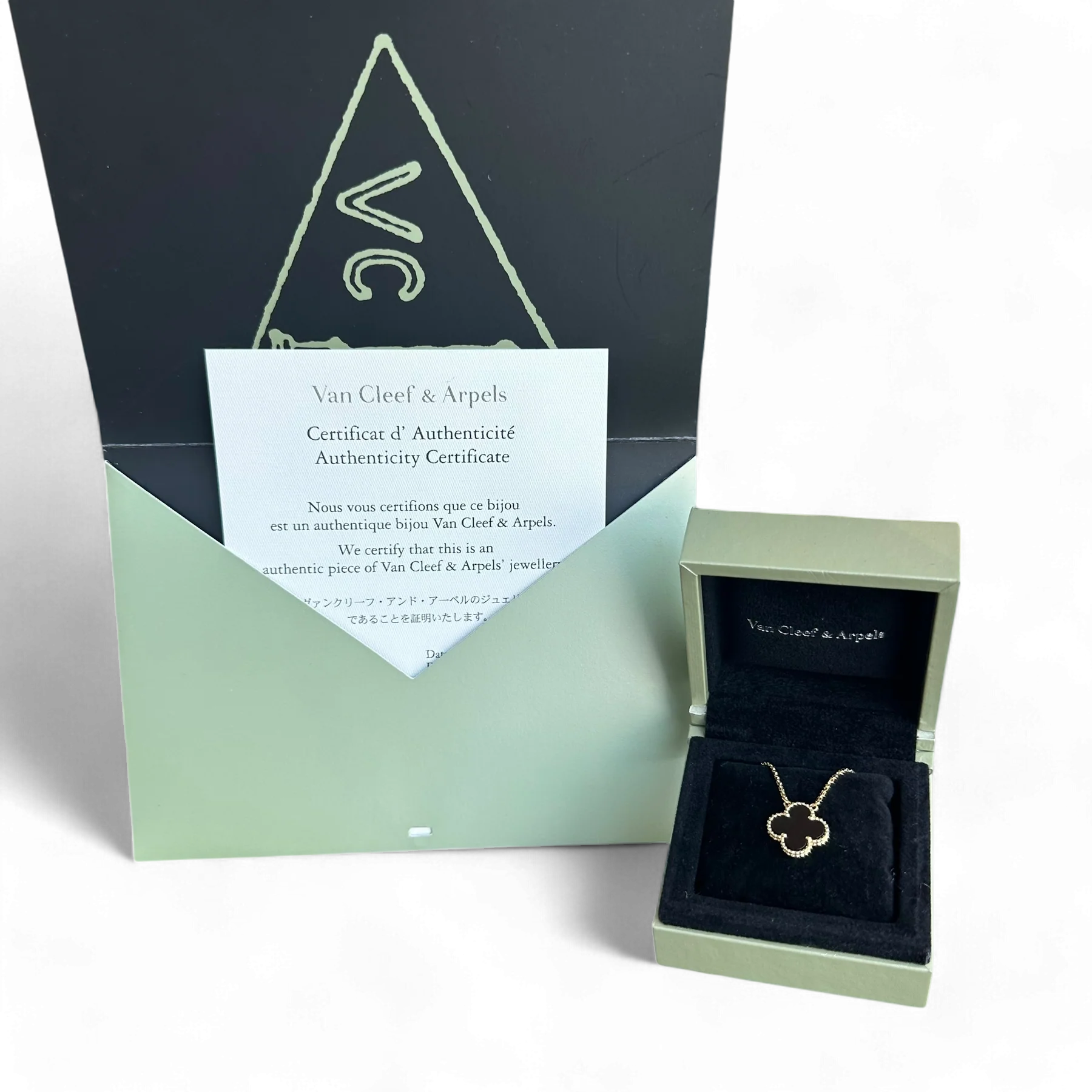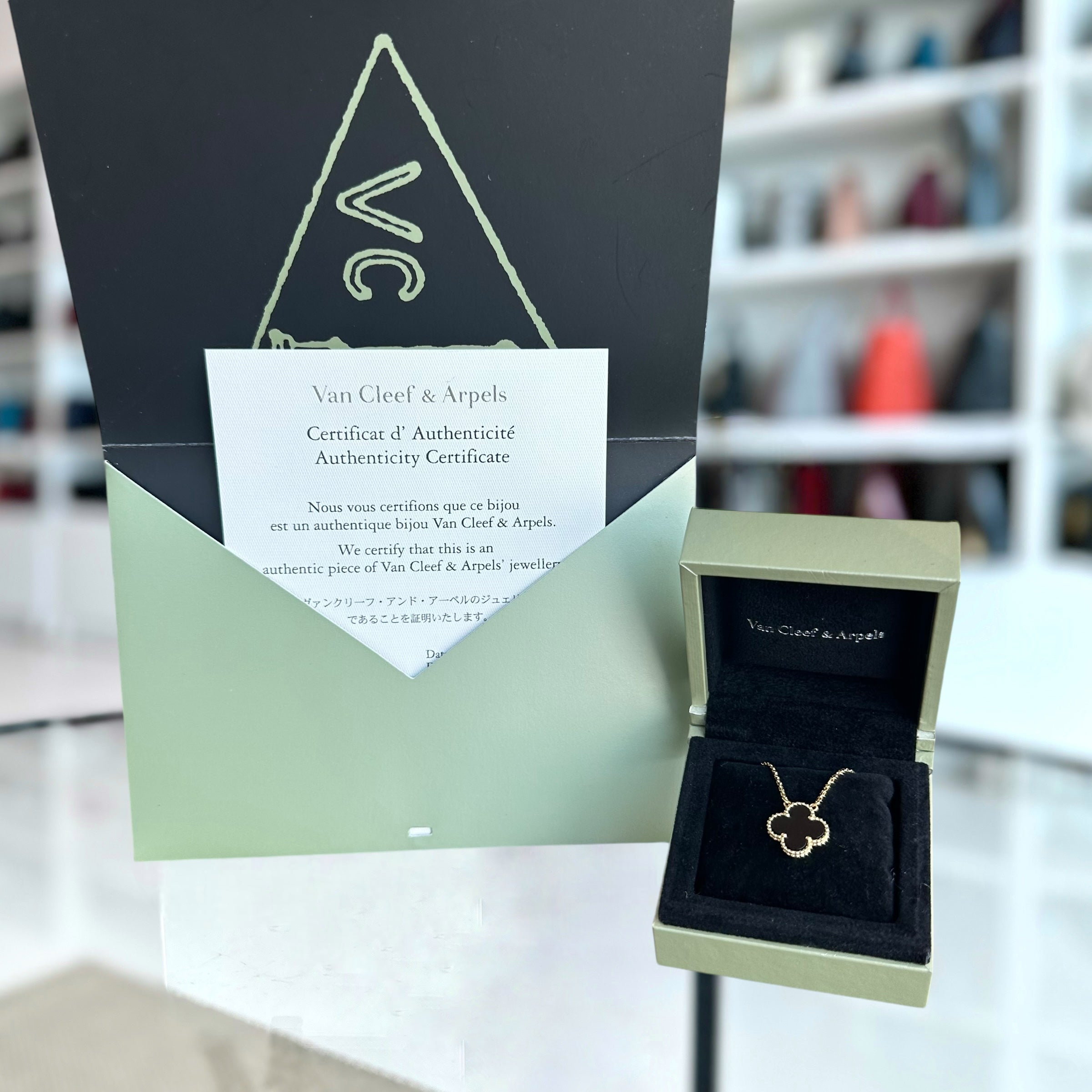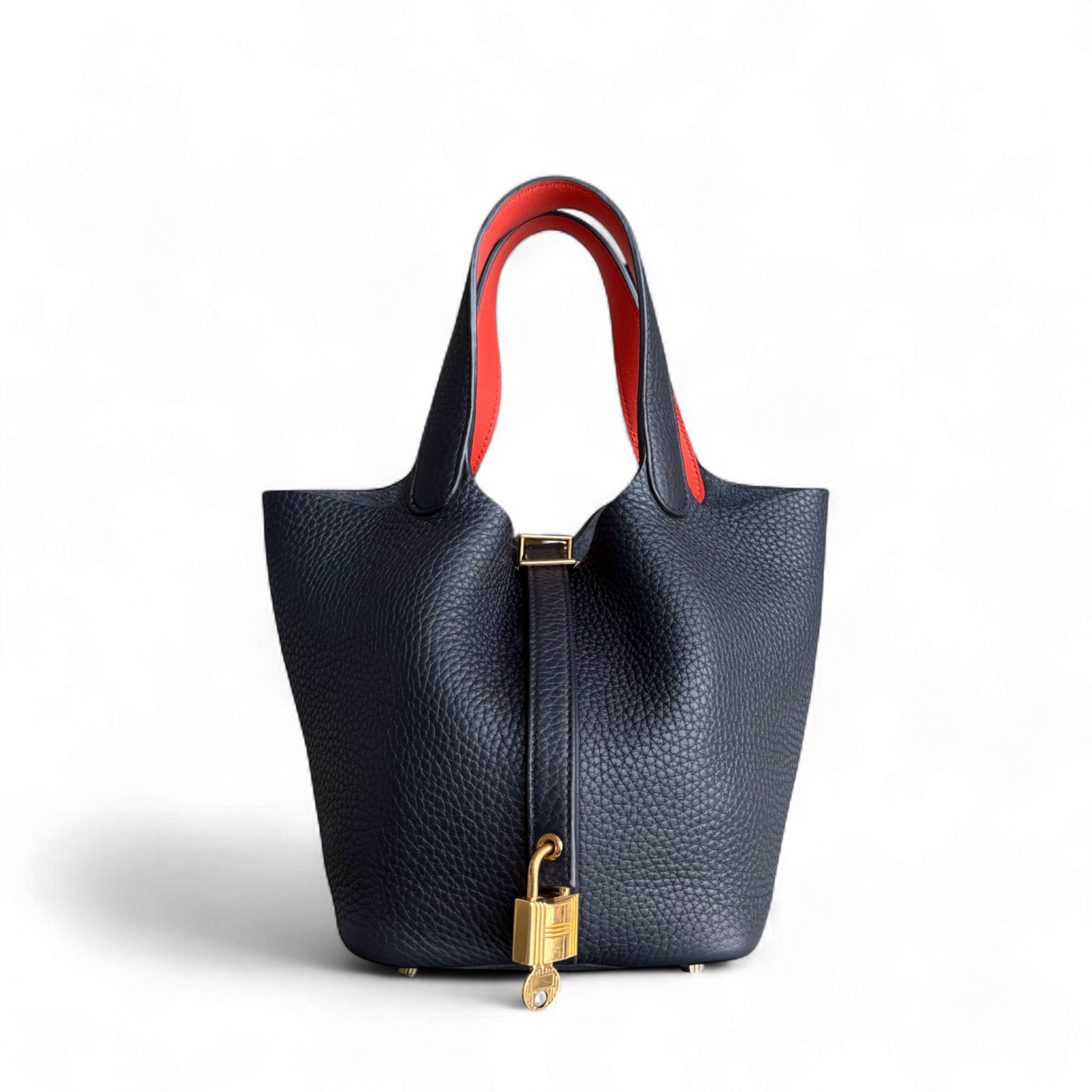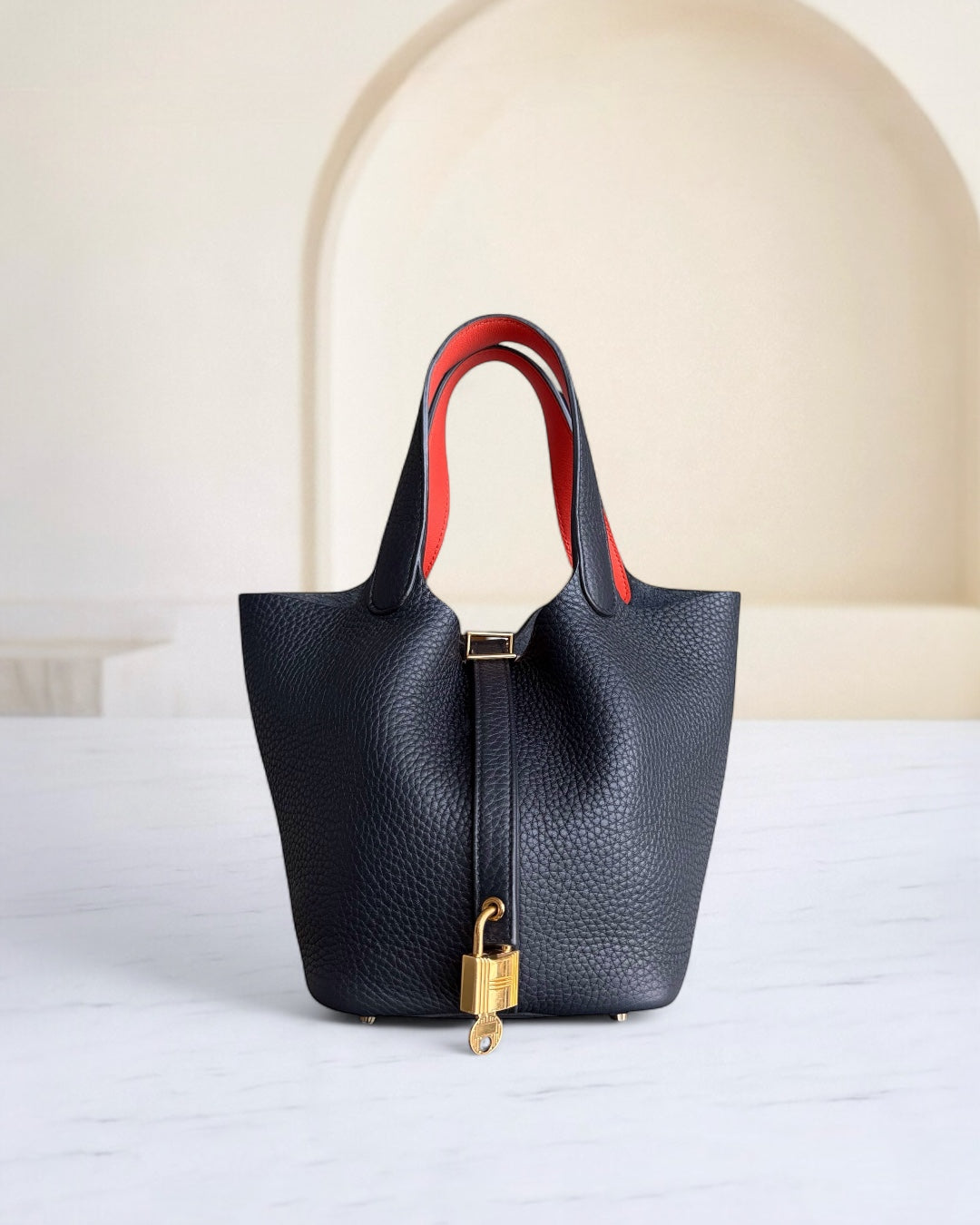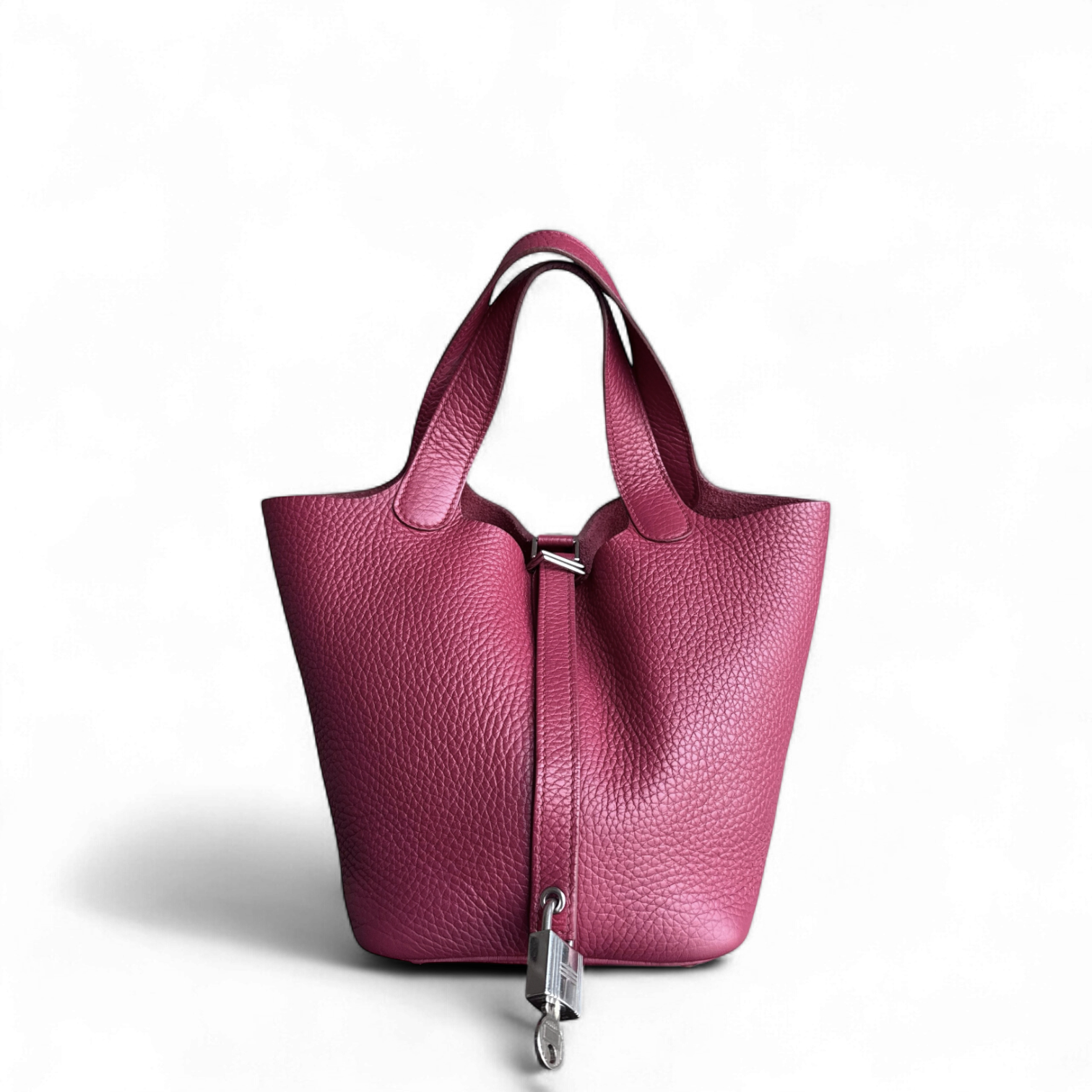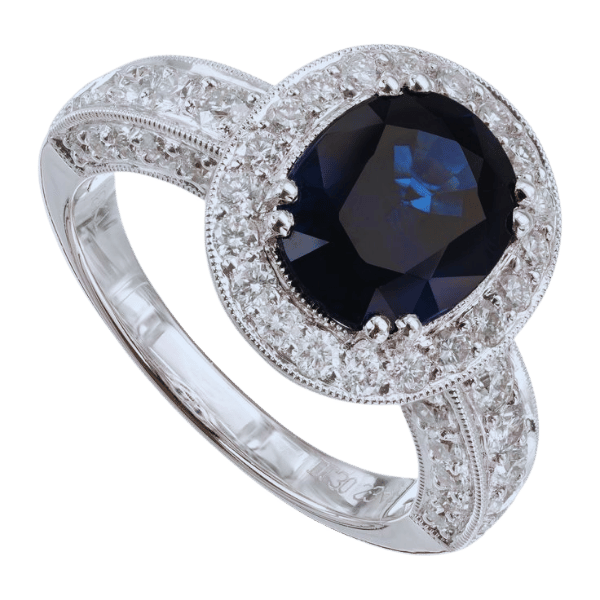The Ultimate Guide to Diamond Cut Grade: Understanding Different Diamond Cuts
When choosing the right type of diamond, the cut grade is one of the deciding factors that determines its brightness, fire, and overall nice look. Indeed, the weight in carats and the color grabbed all the attention, but the cut of a diamond brings it to life – it is what makes it sparkle and shine. However, the girl could also understand that there are different shapes, proportions, and even a grading system in the category of a diamond cut. This guide, therefore, explains the concept of diamond cuts in detail to help you, the reader, make better choices about diamond purchases. Those who aim to buy a ring for engagement, a family legacy, or a precious stone for capital purposes will be provided with data on assessing the quality of the cut and how it affects the external appearance of the diamond in the following article.
What is a Diamond Cut and Why Does it Matter?

Whenever one deals with diamond jargon, it is essential to grasp the term “a diamond’s cut.” Every diamond in existence has specific measurements and orientations that can project light in specific angles and directions. The ability to reflect the maximum amount of light from these complex, geometrical, and directional patterns plays a very crucial role in bringing the most visibility to the diamond. A good cut on diamonds looks so because light enters the diamond and is immediately reflected out from under the table and out through the crown, creating brightness and fire. But the symptom to watch out for in poorly cut diamonds is that they will just look boring or lifeless. This is because the quality of the cut determines how aesthetically pleasing the diamond appears, which appears to follow the ratio of size as well as clarity, even though it is very obvious to all that looks come first.
How Diamond Cut Affects the Overall Appearance
There are three main characteristics of a diamond that determine or play a big role in a diamond’s beauty - namely, how much light the diamond can reflect back to the viewer, how sparkly it is, and its fire. When a diamond is well cut, it is because the cut allows the diamond to reflect the brilliance very well, converging the white light rays into every prismatic color, thus making the diamond look bright and lively. Unfortunately for poor cuts, some of the light may escape from the diamonds to the side or the bottom of the stone, hence the stones look lifeless or “dead”. If a diamond is poorly cut, the light reflection will be defective and it is here where we can underline that the cut of a diamond is in fact one of the most important characteristic that contributes to the exterior beauty of a diamond. For the most attractive presentation, it is advisable to go for a diamond with a cut grade of excellent or very good.
Understanding the Diamond Cut Grade
The cut quality is one that looks most detailed, as to how well the diamond's facets perform when introduced to light. This characteristic in particular is classified into the following grades:
- Excellent - These Diamond Items demonstrate the highest brilliance and dispersion with almost all the light entering the stone being reflected. This has placed the demand for them very high because of the extraordinary aesthetic impact.
- Very Good - These grades of diamonds reflect back most of the light entering them, producing an excellent level of brightness and scintillation. They are not as sharp as the excellent cut, but they still offer a good option.
- Good - Diamonds having a good cut grade reflect enough light to give a polished look and brilliance with fire. They present an appealing combination of quality and price.
- Fair - This type of cutting will mean that although the diamond does reflect some light, the brilliance and fire are rather reduced. Such diamonds could be considered a good option by people with cost-effective considerations.
- Poor - The diamonds that belong to this class are too dark to be called diamonds because they do not reflect light. Poorly cut stones are noticeable in that they have no shine and little radiance.
All this knowledge is of primary importance as it enables the consumers to purchase the diamonds according to their taste and financial capabilities. Indeed the cut grade is responsible for a significant part of the diamond’s beauty and its optical profile.
The Impact of Cut Quality on a Diamond's Value
The clarity of a diamond is of paramount importance in evaluating a stone’s worth, as it is accountable for how much light is locked and how the stone seems to one’s eye. A good cut diamond enhances all three of the areas – brilliance, fire, and scintillation and to a certain extent, this makes the diamond more extravagant, which in turn makes the diamond more expensive. On the other hand, a low-quality cut diamond looks lifeless and does not capture the attention of the beholder, which works to shrink the stone’s market value. As such, it is recommended that buyers go for a better cut grading and work as much to form the bow of the diamond, as it affects the diamond’s beauty and financial worth.
How is the Cut Grade Determined?

Factors Influencing the Cut Grade
- Proportions - Depth ratio, table percentage, and the angles of crown and pavilion together determine how incoming light behaves inside the gem. When these figures are well balanced, the diamond flashes with remarkable brilliance.
- Symmetry - Even distribution of size and shape among the facets constitutes symmetry. Defects in this precision can permit light to escape unexpectedly, softening the stones sparkle.
- Polish - Glass-smooth surfaces permit light to bounce sharply off a diamonds skin. Expert polishing multiplies reflections, sharpening both shine and apparent clarity.
- Facet Alignment - Exact positioning of each facet directs beams along pathways that return vivid bursts of fire. Small errors in alignment, however, can block those routes and dull the overall display.
- Cutting Skill - The cutters eye, honed through experience, dictates the final outcome. Masterful workmanship unlocks the raw crystals potential, enhancing beauty without sacrificing weight or integrity.
The Role of Diamond Grading in Determining Cut
Evaluating diamonds in terms of the cut is one of the cornerstones of the industry. Grade-issuing authorities, in particular, take notice of issues to do with proportion, symmetry, and polish in evaluating the cut grade, which usually ranges from a "Poor" to "Excellent" or almost equivalent scale. The grades are, in essence, a reflection of how well the diamond utilizes the play of light, hence affecting the brilliance, fire, and aesthetics of the diamond on the whole. Proven grading accommodates the GIA standards, which are known in the market as clear, accurate, and repeatable. Therefore, the buyer is able to obtain information while making a decision on the purchase of the diamond.
What Constitutes an Ideal Cut Diamond?
There is a specific plan of an ideal cut diamond that gives it the ability to show off the maximum spark and wind pick up. It deflects almost all the rays of light coming in, thus making it more attractive and twinkling. The required ratio of a diamond’s table, depth, crown, and pavilion angle together is referred to as an ideal cut. These diamonds also commonly earn classification as either “Excellent” or “Ideal,” which is given by renowned labs such as the Gemological Institute of America (GIA) and the American Gem Society (AGS). This kind of cut exists to bring out the natural beauty of the diamond, and that makes them appealing.
What are the Different Diamond Cuts and Their Characteristics?

Popular Diamond Cut Styles Explained
Round Brilliant Cut
- Few diamond shapes match the universal appeal of the Round Brilliant Cut. Fifty-eight precisely arranged facets turn nearly any incoming light into bursts of color.
Princess Cut
- The contemporary Princess Cut presents a dramatic square profile defined by sharp corners and mirror-like flashes. Many shoppers select it for an unmistakably modern statement.
Emerald Cut
- A rectangular Emerald Cut, with its staircase-like steps, reduces sparkle in favor of raw clarity. The wide, polished table creates a striking hall-of-mirrors effect.
Cushion Cut
- Cushion Cuts look like bright pillows of light thanks to their rounded corners and generous facets. The style carries enough vintage romance to please both modern and old-world tastes.
Oval Cut
- An Oval Cut stretches a Round design into an elongated arc that many wearers say slims the finger. The added length still produces the familiar brilliance people associate with round shapes.
Marquise Cut
- The Marquise Cut resembles a tiny sailing ship, its pointed ends directing the eye forward. Jewelers appreciate that the shape can conserve carat weight while creating the illusion of length.
Pear Cut
- Shaped like a teardrop, the Pear Cut tapers from a broad, rounded end to a fine point. Its singular outline stands out in settings that call for a bold focal piece.
Asscher Cut
- The Asscher Cut lays out step-like tiers in a nearly square profile, and its corners are clipped in faceted windows. That regimented pattern invites close inspection of both clarity and internal lightplay.
Radiant Cut
- Blending the emeralds orderly step-grooves with the princes crisp points, the Radiant Cut sports beveled corners and a burst of sparkle. Jewelers value its adaptability across styles from modern to classic.
Heart Cut
- The Heart Cut turns gemstone geometry into pure sentiment; two rounded lobes meet a narrow cleft and a V-shaped base. Careful symmetry preserves brilliance while delivering unmistakable symbolism.
Trillion Cut
- A Trillion Cut carves a flat-topped triangle with sharply pointed edges and busy crown facets flashing color. Though often a side note, its dramatic shape can claim center stage in daring designs.
Different Types of Diamond Cuts: An Overview
The various classifications of diamond cuts are round, princess, emerald, cushion, radiant, asscher, pear, oval, marquise, and heart.
Below is a succinct table highlighting the most vital information regarding each form of the diamond cut:
|
Cut Type |
Shape |
Facets |
Style |
Popularity |
Special Feature |
|---|---|---|---|---|---|
|
Round |
Circular |
57-58 |
Classic |
High |
Maximum brilliance |
|
Princess |
Square |
50+ |
Modern |
High |
Sharp corners |
|
Emerald |
Rectangular |
Step-cut |
Elegant |
Medium |
Hall-of-mirrors |
|
Cushion |
Square/Round |
Varies |
Vintage |
Medium |
Pillow-like shape |
|
Radiant |
Rectangular |
70 |
Vibrant |
Medium |
Extra brilliance |
|
Asscher |
Square |
Step-cut |
Vintage |
Medium |
Octagonal facets |
|
Pear |
Teardrop |
Varies |
Unique |
Medium |
Slimming effect |
|
Oval |
Oval |
57-58 |
Graceful |
High |
Elongated look |
|
Marquise |
Elongated |
58 |
Timeless |
Medium |
Maximizes size |
|
Heart |
Heart |
56-58 |
Romantic |
Low |
Symbol of love |
Choosing the Right Diamond: What to Consider
Cut Quality
- The manner in which a diamond is cut dictates how light travels within the stone. An expertly shaped stone seems to burst with fire and sparkle, often becoming the primary reason buyers describe a gem as breathtaking.
Carat Weight
- Carat weight is the yardstick for apparent size, yet two diamonds of identical carat mass may appear quite different if their proportions vary. Savvy shoppers, therefore, offset the number itself against cut and clarity so beauty remains the guiding metric.
Clarity
- Clarity grades log any internal feathers or surface nicks and reflects the eye of a lapidary rather than a casual glance. Fewer distractions translate to a portrayal that the human brain reads as seamless.
Color Grade
- Color calibrations slide from completely colorless, designated D, down through faint and strong tints until arriving at the more obvious yellow and brown. Holding a shade near that transparent pole optimizes both allure and market appeal.
Certification
-
A diamond accompanied by a signed grading dossier from GIA, AGS, or an equally respected laboratory carries its pedigree in easy-to-read code. Such documentation converts instinctive trust into objective verification.
What is the Difference Between Diamond Cut and Diamond Shape?

Understanding Diamond Shape vs. Diamond Cut
Diamond shape describes the outer silhouette-straight, oval, pear-springing to mind, while diamond cut ranks the inward workmanship-proportion, symmetry, polish-that governs how light bounces, flashes, and lingers within the stone.
|
Aspect |
Shape |
Cut |
|---|---|---|
|
Definition |
Outline/geometry |
Light reflection |
|
Examples |
Round, Oval |
Excellent, Good |
|
Focus |
Style |
Quality |
|
Impact |
Aesthetic |
Brilliance |
|
Grades |
None |
Excellent to Fair |
How Diamond Shape Influences Style and Appearance
It is not simply the case where every single diamond adds beauty to any piece of jewelry. The actual shape of the diamond (such as round, oval, or heart) is relevant to its maturity and originality of form. However, the radiant and rich appeal of the classical design usually tends to show mostly when diamond shapes, such as round and oval, come into play. As such, the princess and emerald cuts become some of the most fashionable and modern shapes you may find. Heart diamonds or Pear diamonds are quite unique in shape but are very polished looking, suited for a breathtaking and artistic piece of jewelry, making these shapes suitable for this occasion. Then there are the cuirass, agata sailors', and cones. Like any other artistic pattern, the cuirass is both attractive and a piece of cloth that offers shelter from the elements.
The Relationship Between Diamond Cut Quality and Shape
Perceptions of a diamond's allure often begin with its cut, although the outline, or shape, sits front and center. In trade parlance, cut quality describes how the planes and corners manage incoming light, an act that governs brightness, fire, and the brief sparks called scintillation. Shape, by contrast, simply conveys the silhouette-whether round, princess, or pear. When a craftsman lops off excess weight and still respects critical measurements, the stone sings; neglecting those ratios may leave even a classic form looking dull. The twin elements, free and fixed-cut and shape, reach their fullest potential only in concert.
How to Choose the Best Diamond Cut?

Tips for Identifying a Well-Cut Diamond
- Examine the Proportions: Measure the diamond's depth and table percentages; arranged within parameters of 59 to 62 depth and 53 to 58 table, those values permit light to ricochet through the stone instead of leaking out the bottom.
- Check the Symmetry: Matching angles across the crown and pavilion mean the light enters and exits in lockstep, handing the gem a steady, almost electrical flash.
- Assess the Cut Grade: The GIA scale, running from Fair up to Excellent, distills the craftsman-handling of the rough into a single letter, so any ranking at Very Good or higher signals a razor-sharp performer.
- Observe Light Performance: Placing a loupe over a desktop lamp reveals bursts of fire, spontaneous twinkling, and a core brightness that bounces like living water; a diamond short of ideal proportions usually falters in one of those arenas.
- Review the Certification: A tidy credit card-sized report from GIA or AGS prints that same depth, symmetry, cut-grade triage in notarized ink, turning the seller's word into neutral evidence a buyer can trust.
Evaluating a Diamond's Cut on the Market
When prioritizing factors that affect a diamond’s cut quality in a marketplace evaluation, keep these points in mind:
- Cut Grade: Always check for “Excellent” or “Ideal” diamonds from GIA or AGS grading laboratories. These benchmarks denote optimal craftsmanship and proportion.
- Proportions: Zircons and diamonds have crown angles, depth percentage, and table sizes in proportion. Properly calibrated proportions augment a diamond’s fire and brilliance.
- Symmetry and Polish: These features affect the diamond’s overall look, therefore, light reflection and shine. Make sure the diamond’s polish and symmetry score are high.
- Light Performance: Assess the level of brightness and scintillation in the diamond as well as how beautifully it reflects and refracts light.
An individual can make their assessment by focusing on these aspects, along with a reliable certification.
Using a Diamond Certificate to Ensure Quality
Expert analysts at a respected gemological laboratory prepare what many consumers call a diamond certificate, but is officially titled a grading report. The document couples four central traits- cut, color, clarity, and carat weight- with a unique plotted diagram of the stone's proportions and inclusions. The Gemological Institute of America (GIA) and the American Gem Society (AGS) remain the two most frequently cited bodies, both of which prohibit their graders from accepting fees tied to a particular sale. Buyers bolster their confidence when they compare the paper trail with the diamond itself, thus managing to spot any mismatches before the purchase is final.
Frequently Asked Questions (FAQs)
Q: Why is it so important to know how a diamond has been cut?
A: Knowing how the diamond was cut is crucial since it drastically affects how a diamond looks, shines, and is generally accurate. An aesthetically cut diamond acts as a beautifying agent, creating more appealing visual elegance and sparkle.
Q: Which facets of the diamond cut are useful when selecting a gem?
A: A guide on how to cut diamonds provides would be buyers with detailed information about the different types of cuts as well as a round brilliant cut diamond, assisting them to pick up the right style of cutting in respect catalogue of preference.
Q: Can you provide the information regarding the origins of diamond cuts?
A: For example, it is easy to note that diamond cutting has not happened in a few years, but rather it dates back centuries. This started from a simple point cut through the complex round brilliant diamond, ending with the very popular old European cut. Over several years, there have been changes in the style of cutting diamonds, resulting in the most recent designs, which are cuts that make the most beautiful diamonds.
Q: What is the distinction between the existence of a diamond cut and the diamond shape?
A: Cutting of diamond consists in cutting and processing diamond with focus on how much radiant is open or how well symmetrically the diamond is polished, while diamond form connotes the outline of the diamond like it is showing its external, volumetric definition. All of those factors contribute to the charm and beauty of the diamond.
Q: What are the parameters that are used to determine the cut quality?
A: The cut quality is determined by examining the proportions, symmetry, and polish of the diamond in question. In short, these factors play a role in the amount of light that is able to enter a diamond and hence its luster. The best cut grade would describe the diamond as having an excellent or ideal cut grade.
Q: What makes the round brilliant diamond popular with buyers?
A: It is wireless in fact every one wants it: the round brilliant diamond! Challon points and the iron spots fall within the category of versatile. It has very specific kites that provide the proper work of light and therefore such diamond may serve as the most effective side stone one can ever get.
Q: What is the best cut grade of a diamond?
A: The maximum cut grade that a diamond can get is termed as "excellent" or "ideal." This grade is a seal that the diamond is in very good symmetry and has very good brilliance features, disregarding the diamond's light performance since the diamond is good.
Q: How does the diamond's faceting impact its appearance?
A: Diamond faceting refers to the flat surfaces that are located on different parts of the diamond; these aspects play a very significant role in how the diamond appears. These surfaces help to control the entry and exit of the light into the diamond and in so doing, affect the brilliance of the gem. Well-faceted diamond means it is more interesting to look at.
Q: For those who love buying diamonds, what practical elements should be taken into account with respect to various cuts of diamonds?
A: It is essential to consider aspects of diamond cut while buying a diamond because they influence the beauty and price of the diamond. Cut grade, shape and the ways in which the rough diamond has been cut among other factors need to be looked into so as not go for a choice that is not brilliant and appealing.
Q: How do the clients use the GIA diamond grading reports?
A: GIA report documentation helps a client understand the cut, color, clarity, carat weight, etc., properties of the diamond in an unbiased way. This ensures that clients are fully aware of the quality of the diamond and can make good choices when they decide to buy it.
Reference Sources
- A foundation for grading the overall cut quality of round brilliant cut diamonds – Detailed information from the GIA on the methods used in describing the layout of the diamond.
- Modeling the appearance of the round brilliant cut diamond: an analysis of fire, and more about brilliance – A scholarly effort to appraise a diamond with a focus on its look and cut characteristics.
- A comparison of the quality of light distribution in different diamond models – A work that studies the patterns in the reflection of light in various diamond shapes.
- 157 Demystifying Diamond Cu – A GIA publication on the significance of diamond cutting in making a gem.
- Diamond
- Diamond cut
- Gemstone
Contact Luxury Evermore should you need help with acquiring or building up your collection. There is a variety of brands with different styles, as well as sizes, and colors, for example, Hermes, Chanel, lv and Dior. If you are not lucky enough to find the bag you are looking for on our website then our concierge team will probably be able to order it for you. We provide 100% authenticity guarantee for all our bags, and any item sold on this site will be dispatched to you within one to two business days upon receipt of the payment.
